
Danio
What kind of animal is Danio?
Example of the color palette for the image of Danio
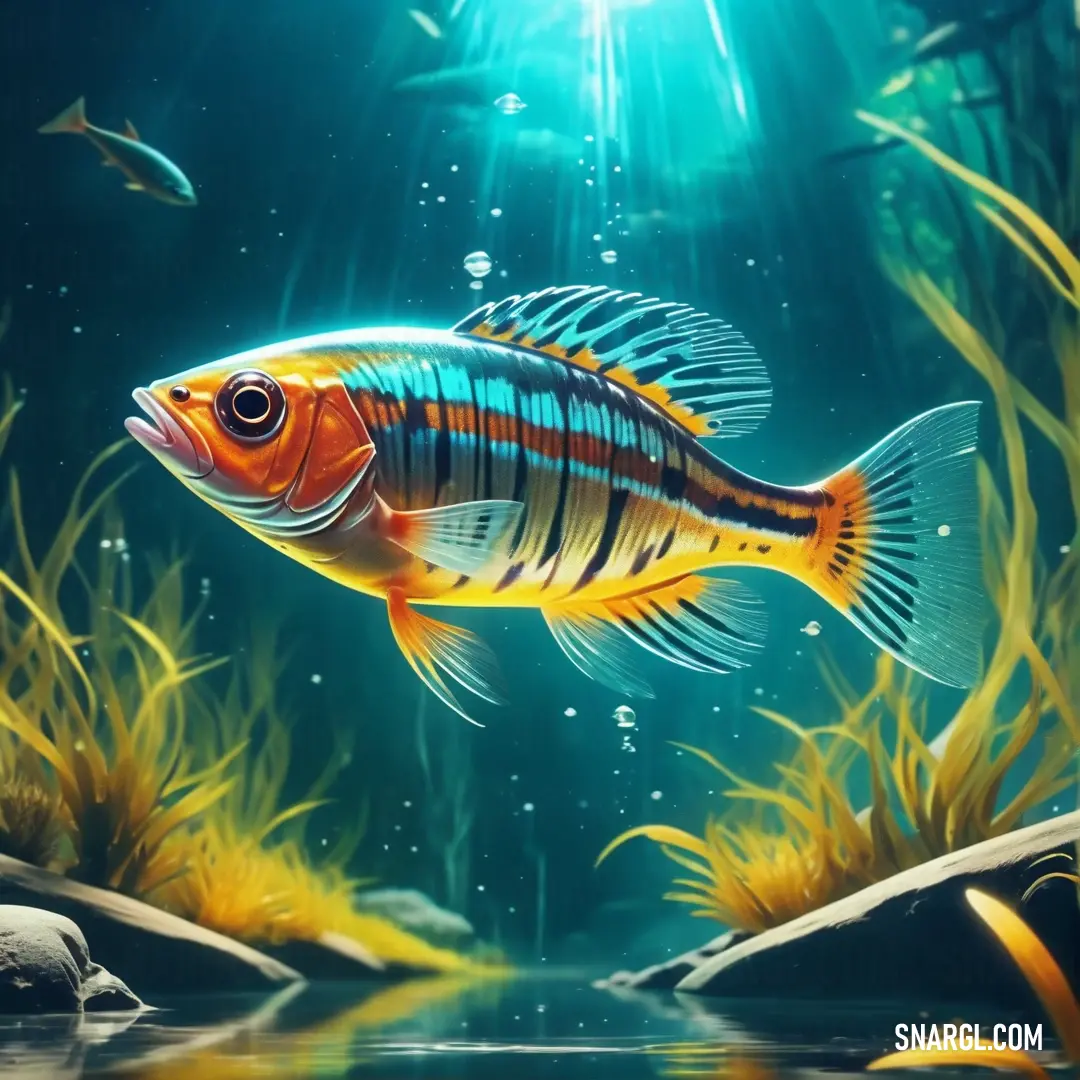
See these colors in NCS, PANTONE, RAL palettes...
What is the animal Danio known for?
They are native to South and Southeast Asia, and are popular in home aquariums.
These fish are known for their distinctive patterns of stripes, spots, or bars on their bodies, and some species have long barbels near their mouths.
Danio are also hardy and active fish that swim in schools.
Some of the most common species of Danio are:
Zebrafish (Danio rerio): This species has blue and yellow stripes along its sides, and is widely used in scientific research, especially in genetics and developmental biology.
Zebrafish can regenerate their fins, heart, and brain after injury, and have many genes that are similar to humans.Blue Danio (Danio kerri): This species has turquoise blue scales with red or gold lines, and is also known as the turquoise danio or Kerr's danio.
It is a peaceful and social fish that prefers planted tanks with moderate water flow.Pearl Danio (Danio albolineatus): This species has silver, pink, or white scales with thin black stripes, and is also known as the pearl danio or spotted danio.
It is a lively and colorful fish that can tolerate a wide range of water conditions.
Females have fleshy barbels on their lower jaws, while males have longer fins.Glowlight Danio (Danio choprae): This species has bright orange or red scales with blue or purple spots, and is also known as the fire danio or choprae danio.
Glowllight Danio is a rare and beautiful fish that needs soft and acidic water, and plenty of hiding places.
They are generally easy to breed in captivity, and some species can produce hundreds of eggs at a time.
These fish are also very adaptable and can survive in different habitats, such as ponds, streams, rice paddies, canals, and ditches.
They are often found in areas with seasonal flooding, and can cope with changes in water temperature, pH, and oxygen levels.
Example of the color palette for the image of Danio
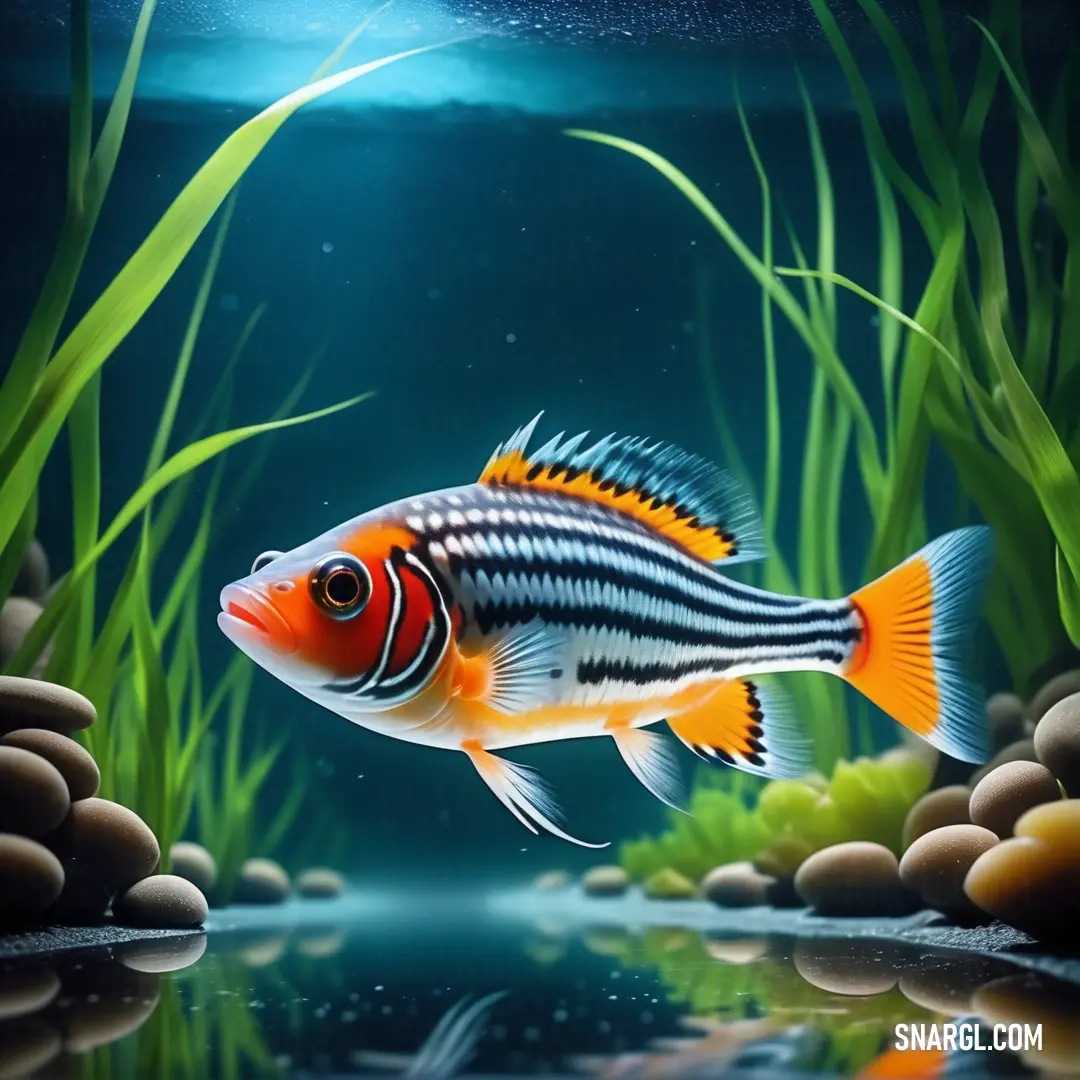
See these colors in NCS, PANTONE, RAL palettes...
Where does the Danio live?
Danio is a genus of small freshwater fish that belong to the family Cyprinidae.
There are 27 species of Danio, and they have different habitats and distributions.
Most Danio species live in calm or stagnant water, such as ponds, rice paddies, canals, and ditches.
Some species prefer fast-flowing streams and rivers.
Danio fish are native to South and Southeast Asia, and they can be found in countries such as India, Nepal, Bangladesh, Myanmar, Thailand, Malaysia, and Sumatra.
One of the most popular species of Danio is the zebrafish, which has thin horizontal stripes along its body.
Zebrafish are widely used in scientific research, especially in the study of genetics and development.
Zebrafish can also be kept as pets in home aquariums, along with other colorful species of Danio, such as the blue danio, the pearl danio, and the glowlight danio.
These fish are usually peaceful and active, and they like to swim in schools.
They need a well-planted tank with clean water and a moderate temperature.
Danio fish are omnivorous, which means they eat both plant and animal matter.
In the wild, they feed on algae, insects, worms, crustaceans, and other small organisms.
In captivity, they can be fed with flakes, pellets, live, or frozen foods.
Danio fish are also easy to breed, and they usually spawn in the morning.
The females lay eggs among the plants, and the males fertilize them.
The eggs hatch in about two days, and the fry are free-swimming in about four days.
Danio fish are interesting and attractive animals that have adapted to various habitats and conditions.
They are also valuable for scientific and recreational purposes.
Danio fish are an example of the diversity and beauty of nature.
Example of the color palette for the image of Danio
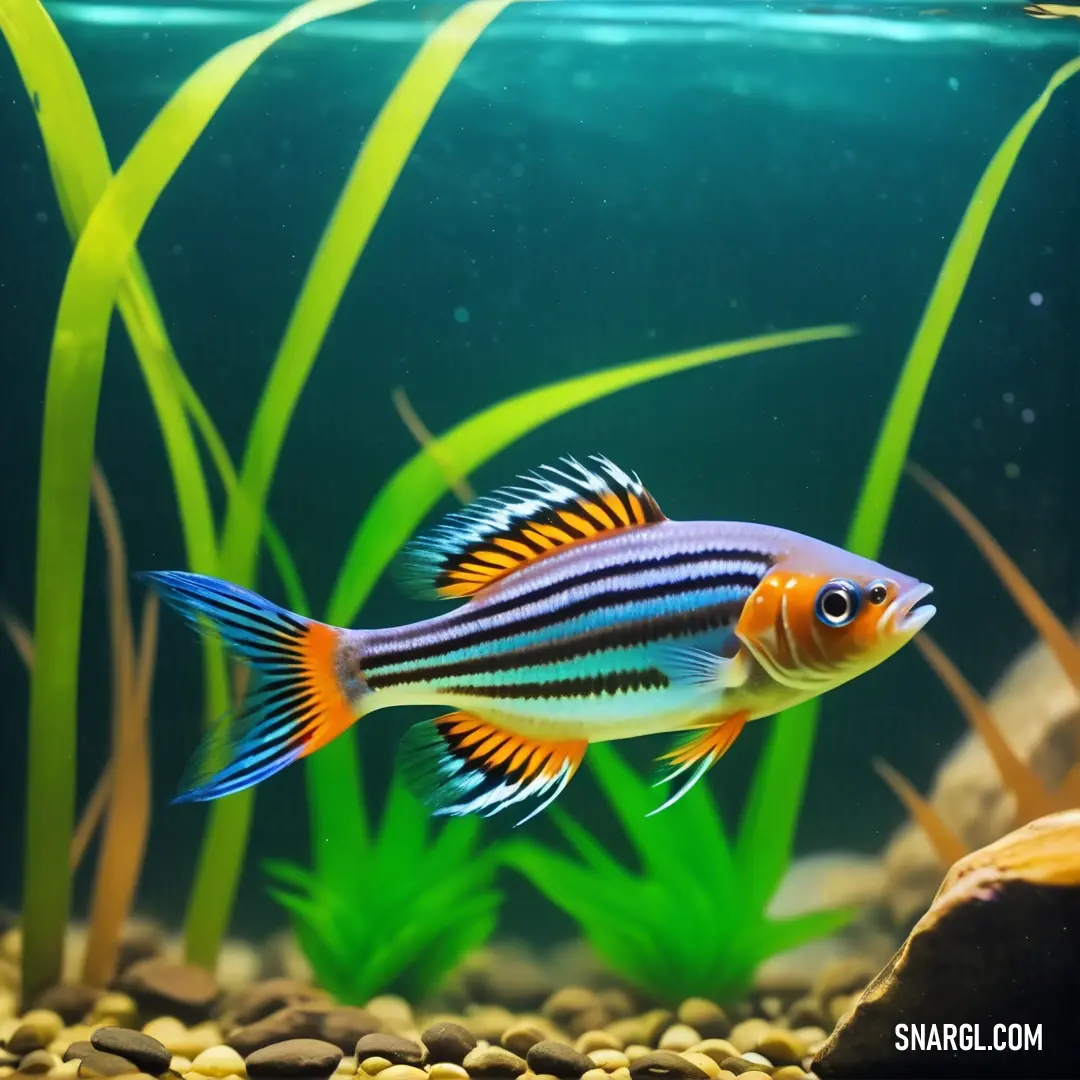
See these colors in NCS, PANTONE, RAL palettes...
What does the Danio look like?
They are native to South and Southeast Asia, and are commonly kept in aquaria.
Danios have slender, elongated bodies with horizontal stripes or spots of various colors.
They usually have forked tails and prominent barbels near their mouths.
Danios are active, social, and shoaling fish that prefer to swim in groups.
They come in many different species, each with its own distinctive appearance and characteristics.
Some of the most popular danio species are:
Zebra danio (Danio rerio): This is the most common and well-known danio species.
It has five blue and white stripes along its body, and can grow up to 2 inches (5 cm) long.
Zebra danio is also used as a model organism in biological research.Pearl danio (Danio albolineatus): This danio has a silvery-white body with a pinkish hue and a thin golden stripe along its side.
It can grow up to 2.5 inches (6 cm) long and has long, flowing fins.Spotted danio (Danio nigrofasciatus): This danio has a brownish body with dark spots and a yellowish belly.
It can grow up to 2 inches (4.5 cm) long and has short, rounded fins.Glowlight danio (Danio choprae): This danio has a bright orange-red body with a blue stripe along its side and blue spots on its head.
It can grow up to 1.5 inches (4 cm) long and has a pointed snout.Celestial pearl danio (Danio margaritatus): This danio has a dark blue body with white spots that resemble stars.
It can grow up to 1 inch (2.5 cm) long and has a round head and a fan-shaped tail.Orange-finned danio (Danio kyathit): This danio has a yellowish body with orange fins and black stripes or spots.
It can grow up to 2 inches (5 cm) long and has a slender shape.Giant danio (Devario aequipinnatus): This is the largest danio species, growing up to 4 inches (10 cm) long.
It has a blue-green body with yellow stripes and a red spot on its tail.
Example of the color palette for the image of Danio
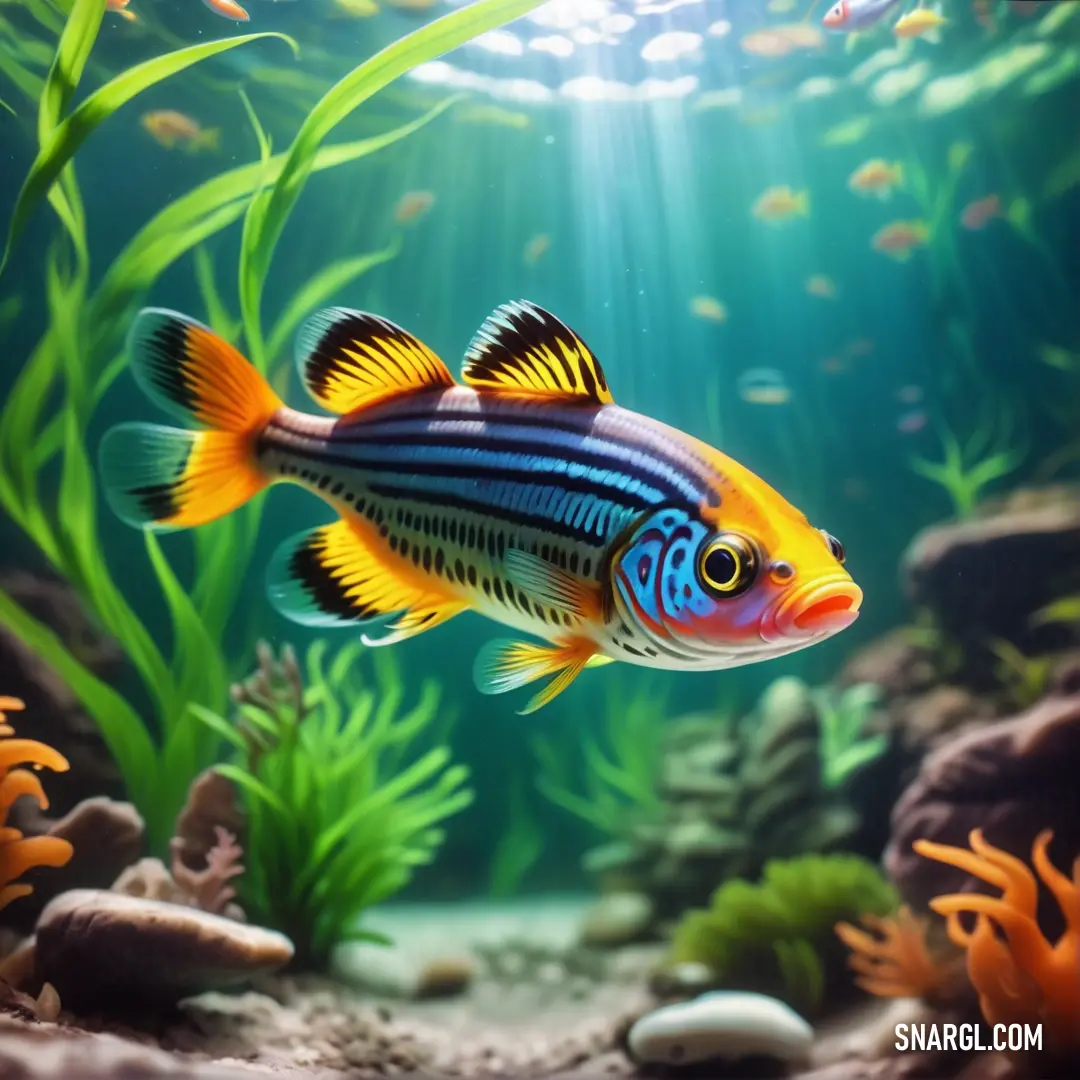
See these colors in NCS, PANTONE, RAL palettes...

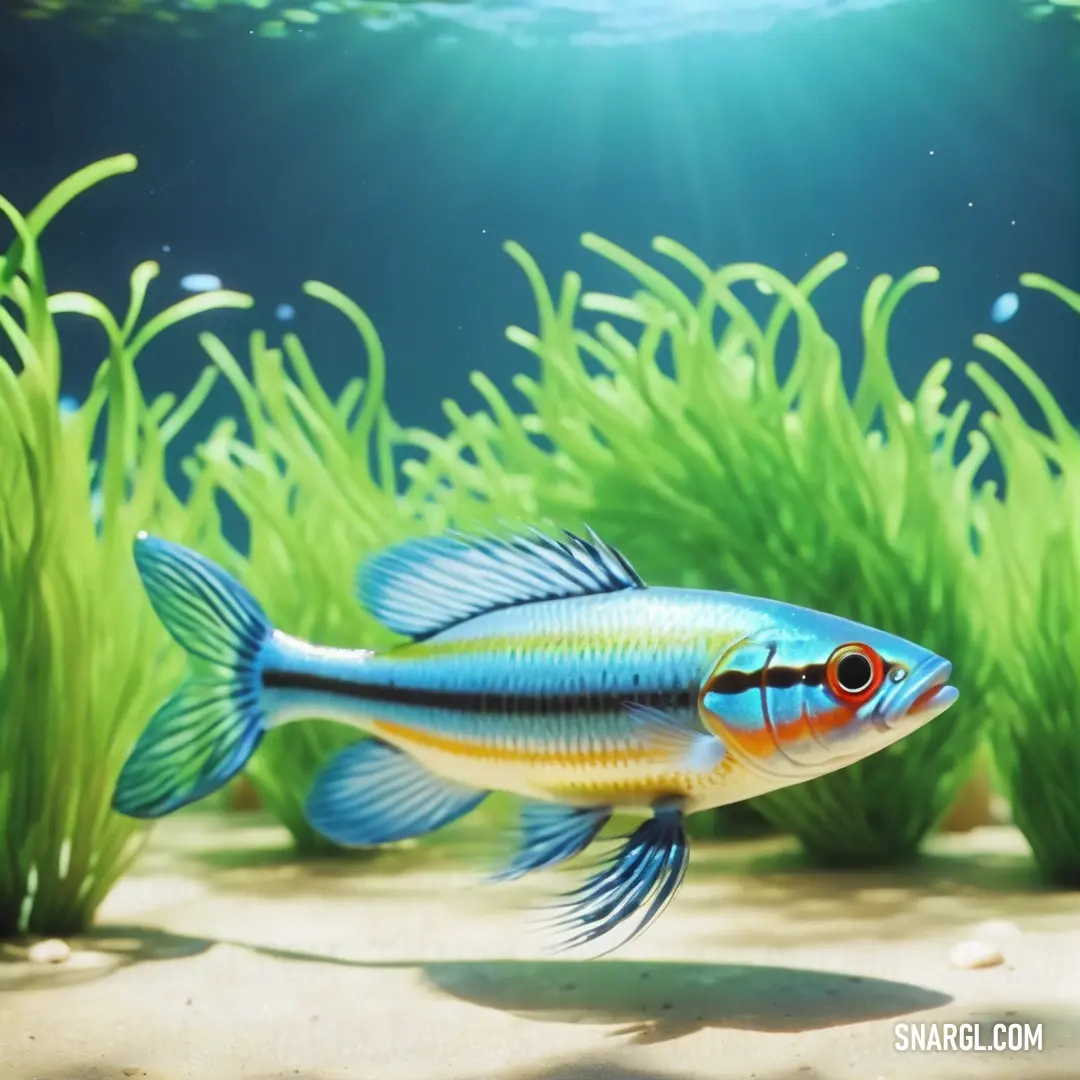
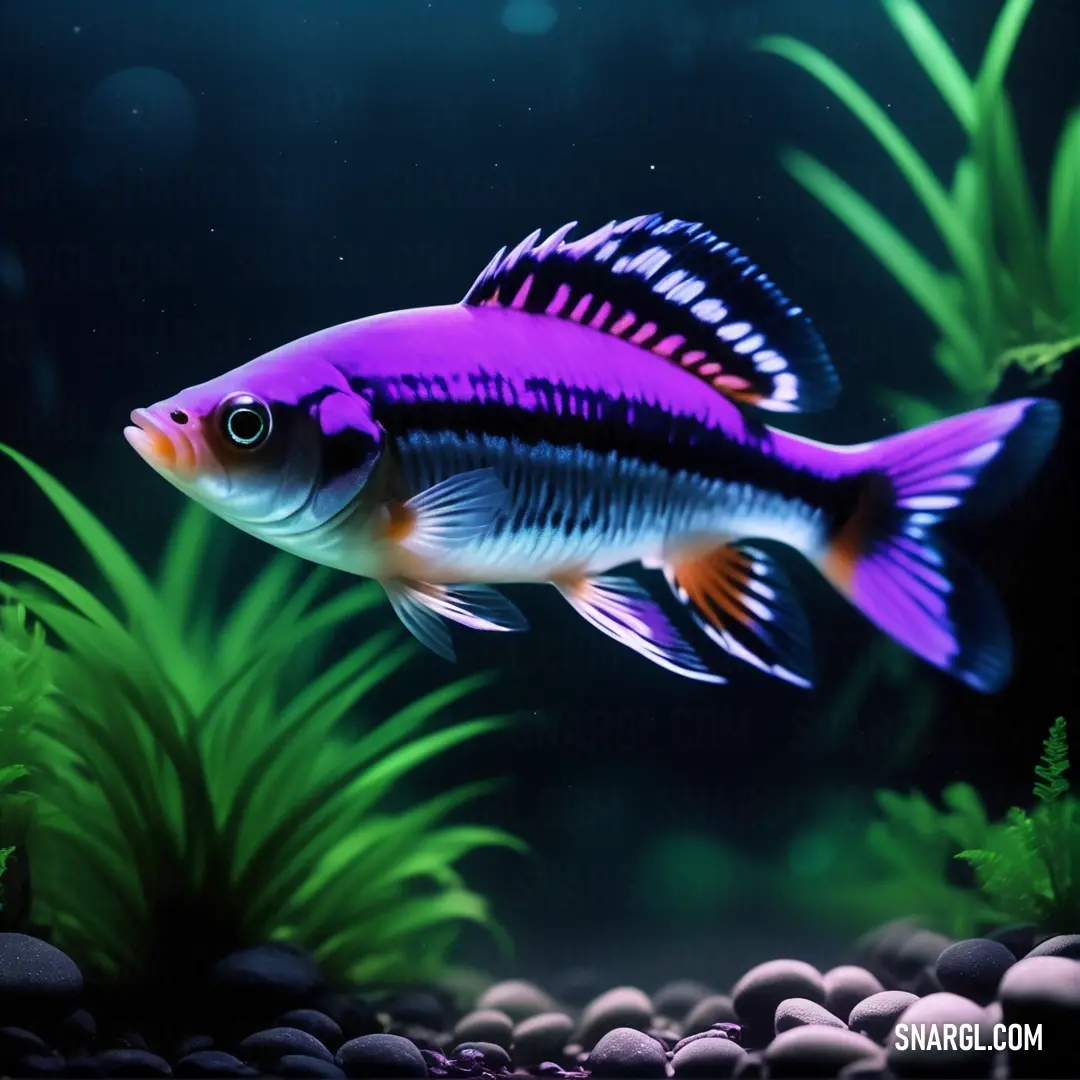
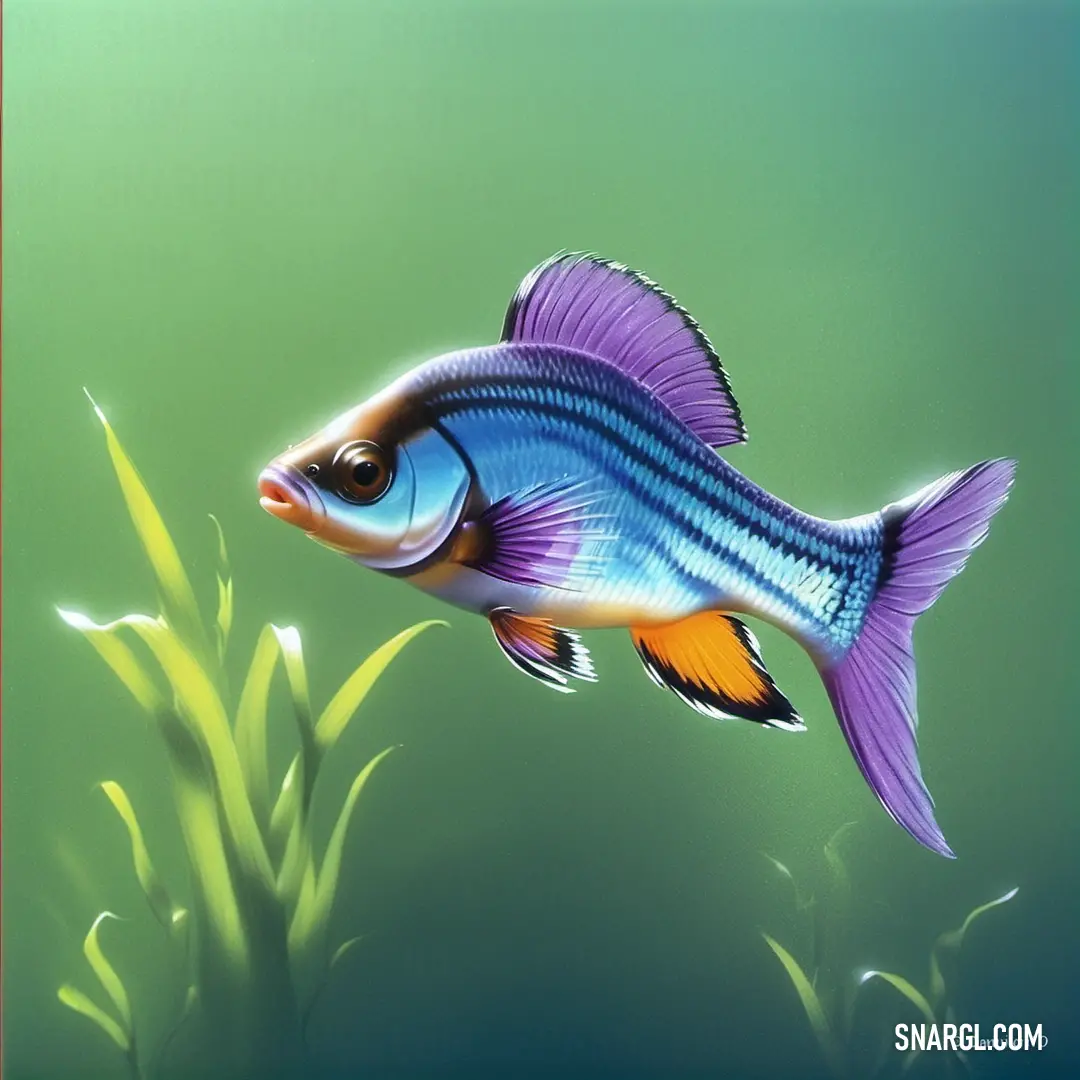
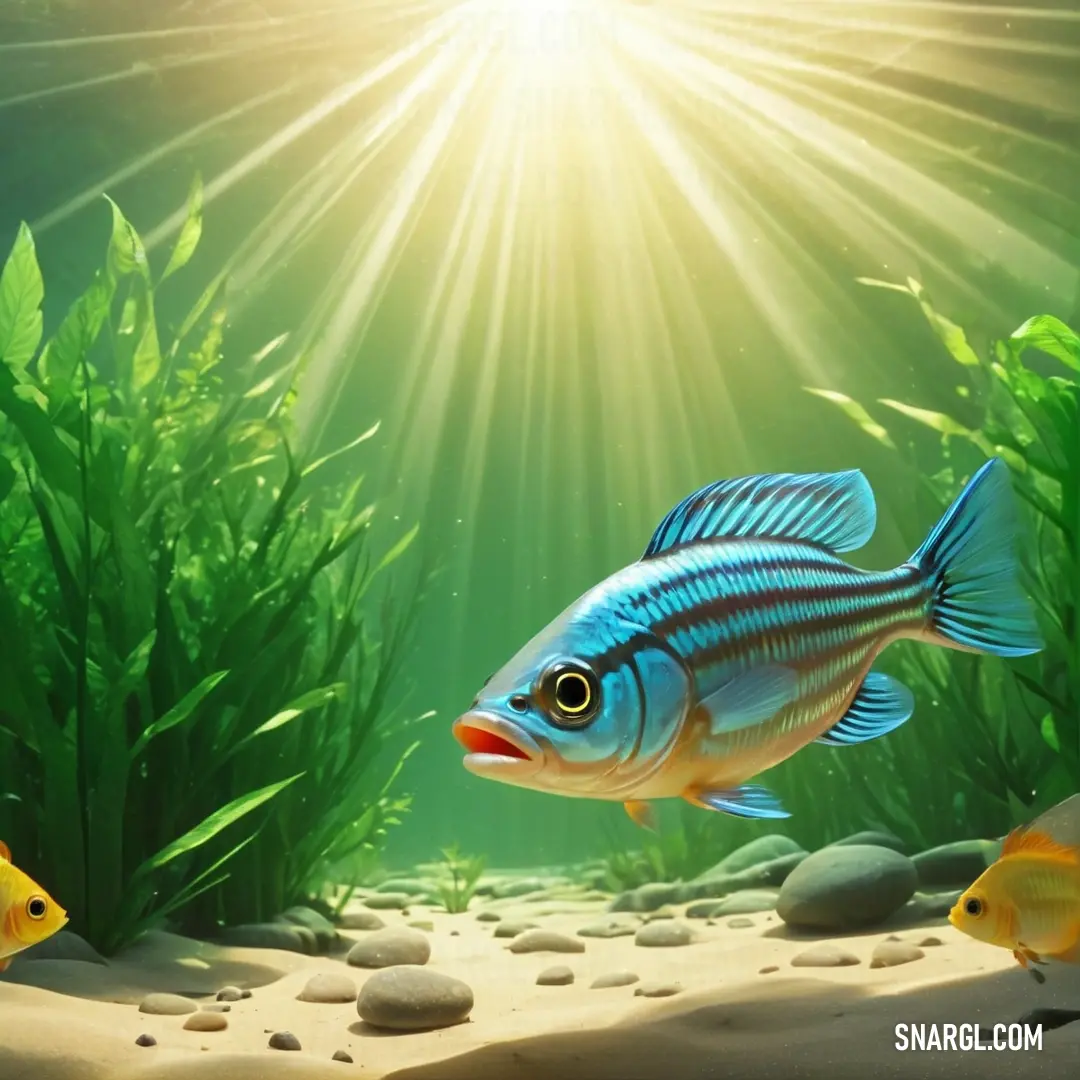
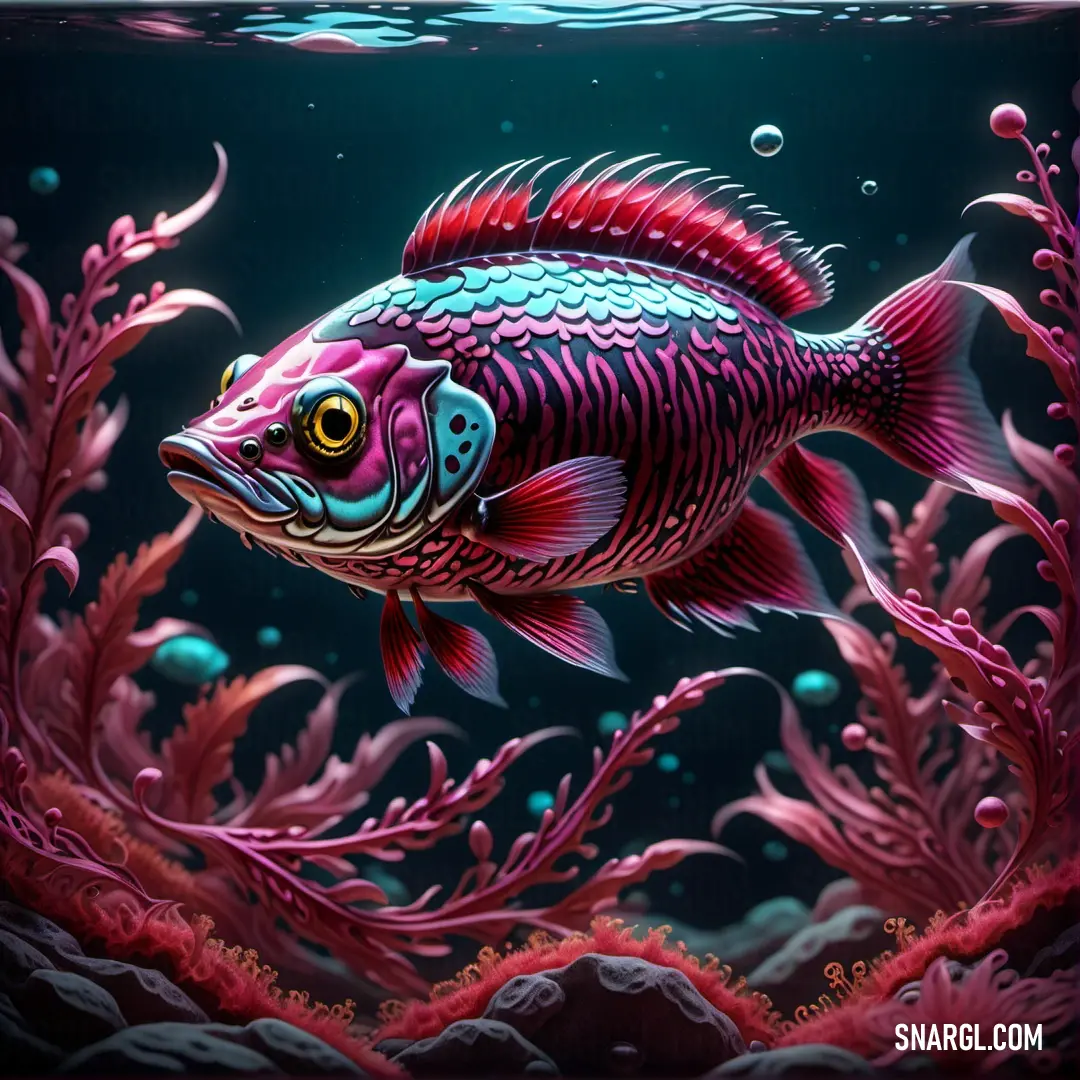
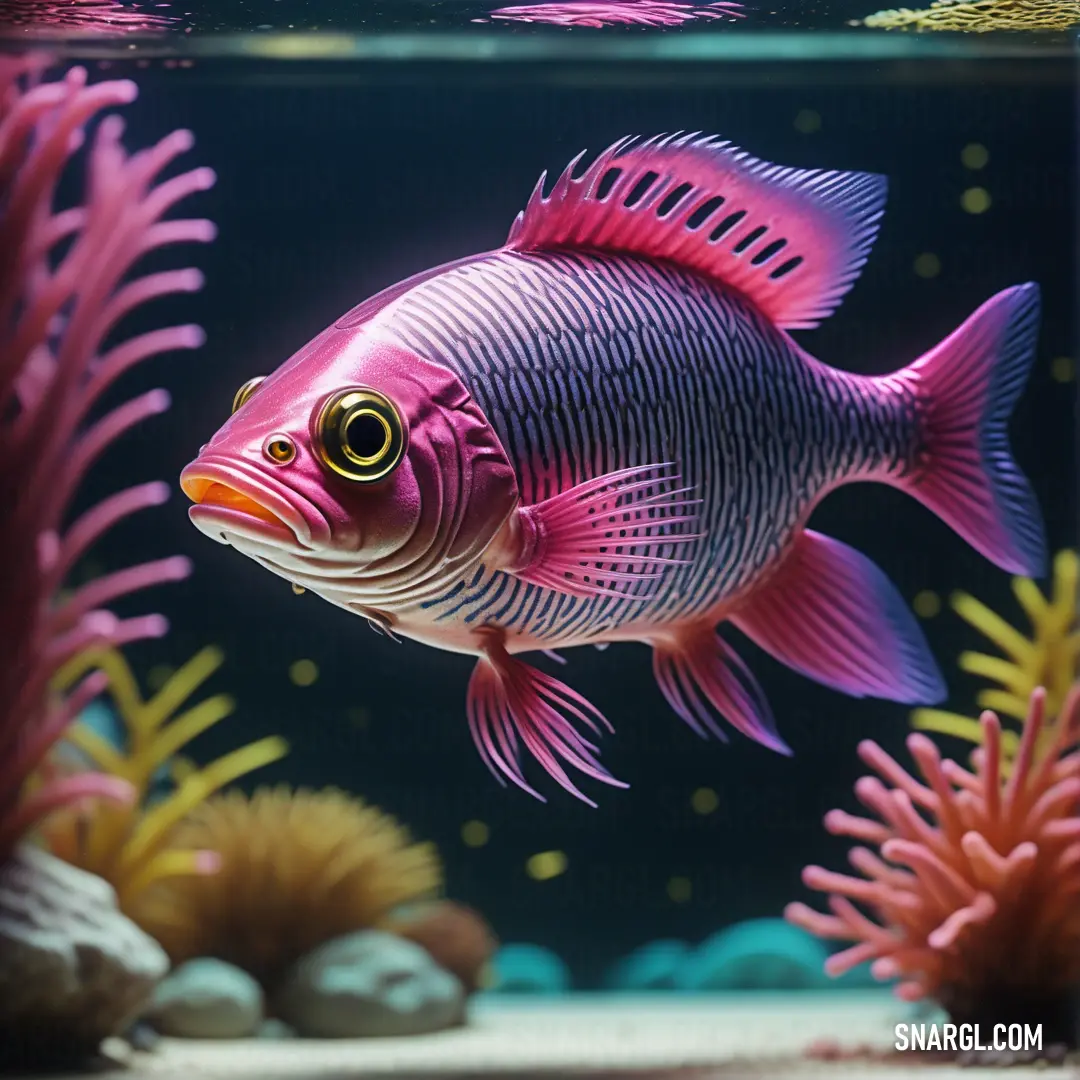
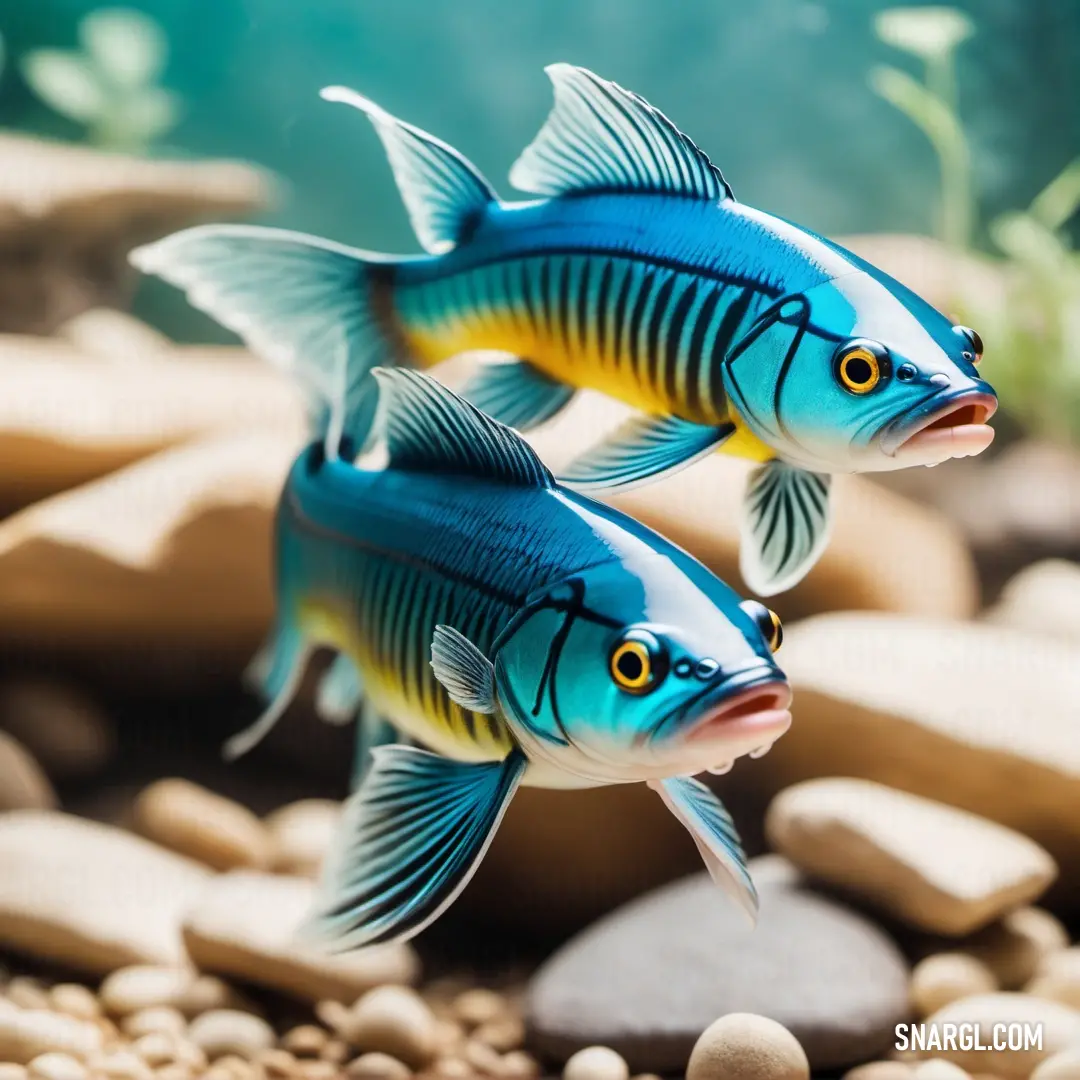
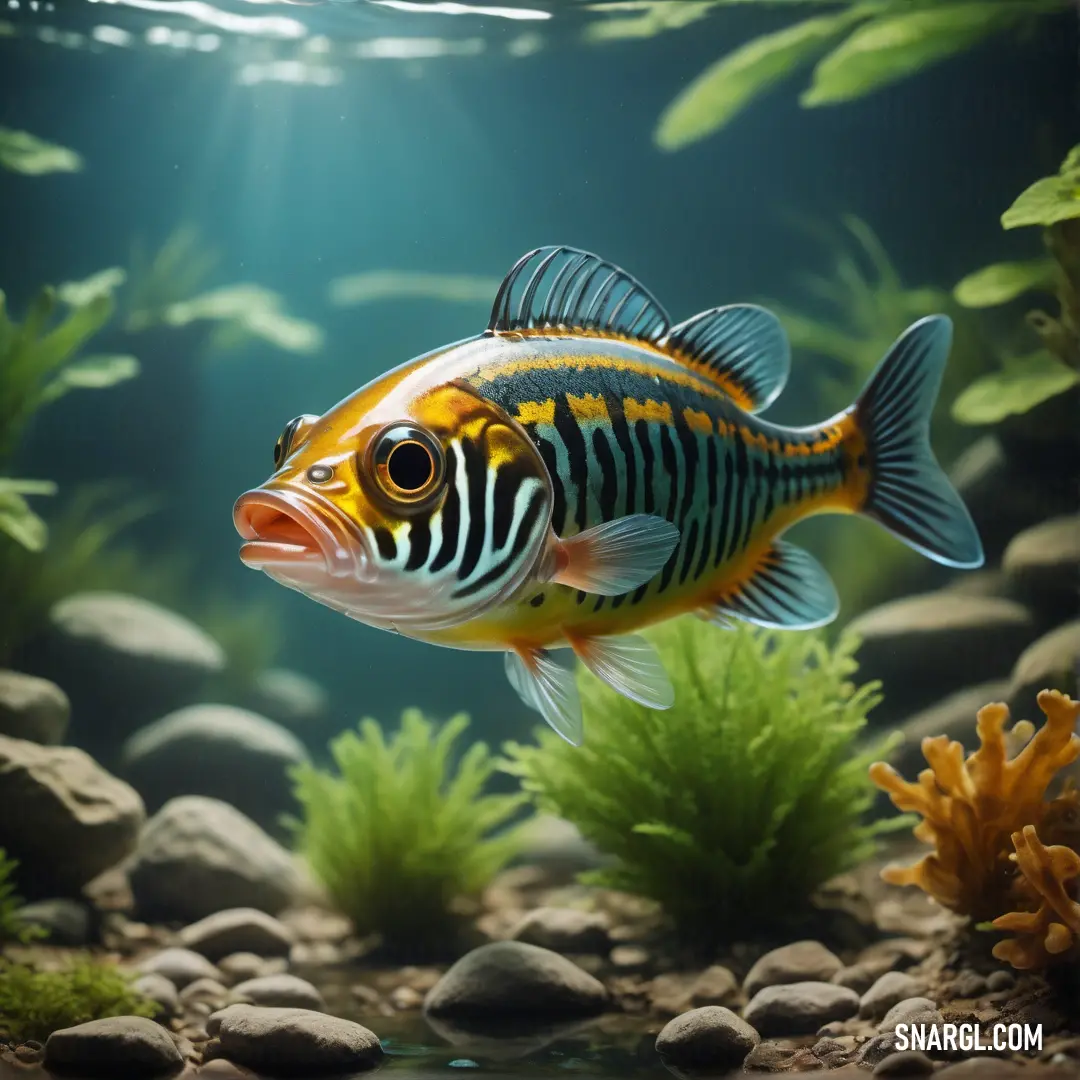
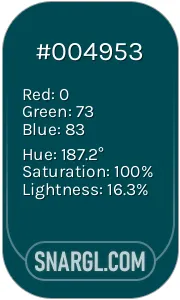 Midnight green
Midnight green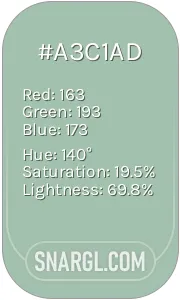 Cambridge Blue
Cambridge Blue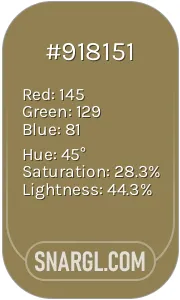 Dark tan
Dark tan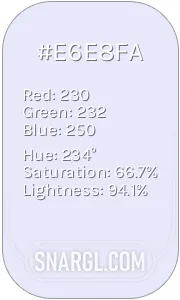 Glitter
Glitter Saffron
Saffron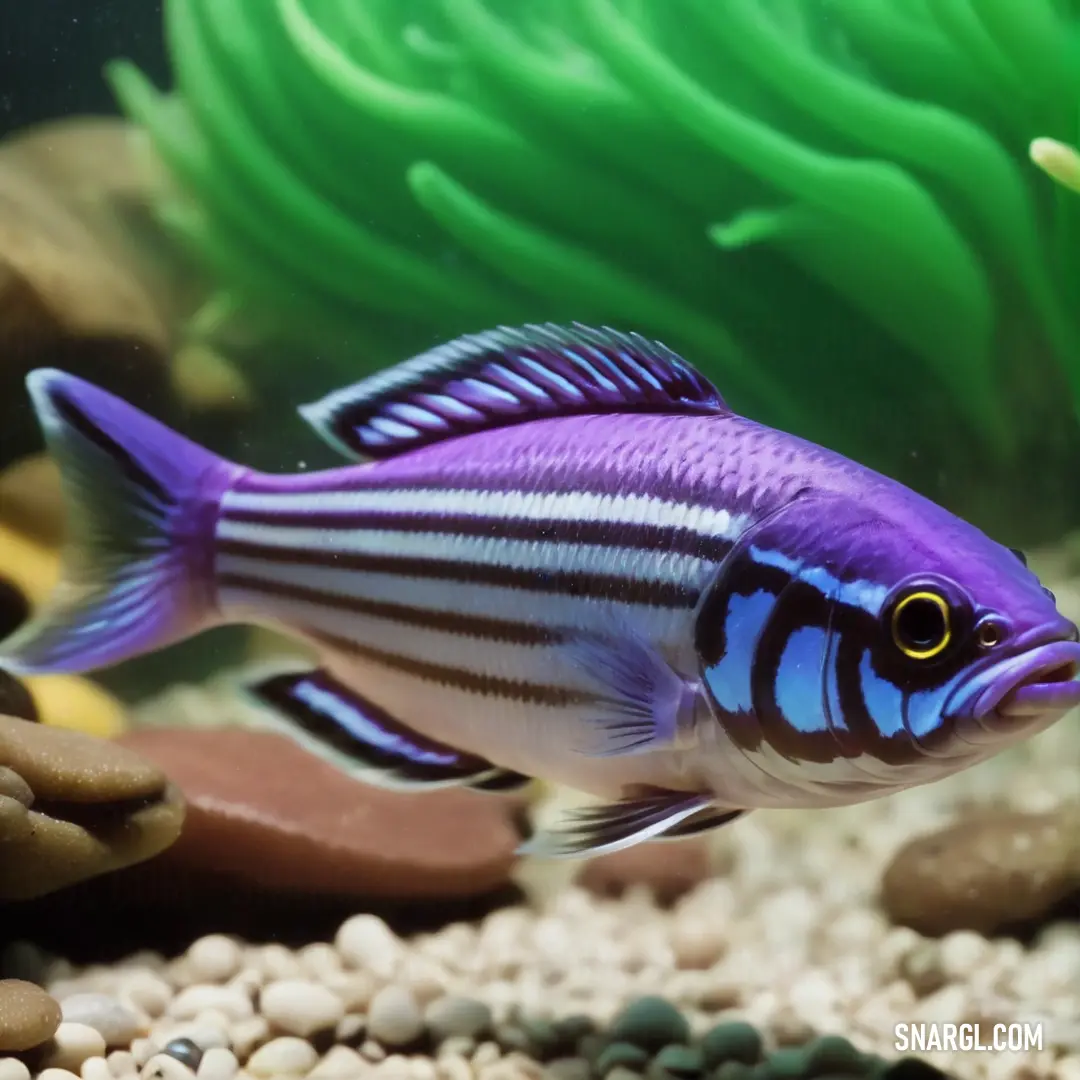
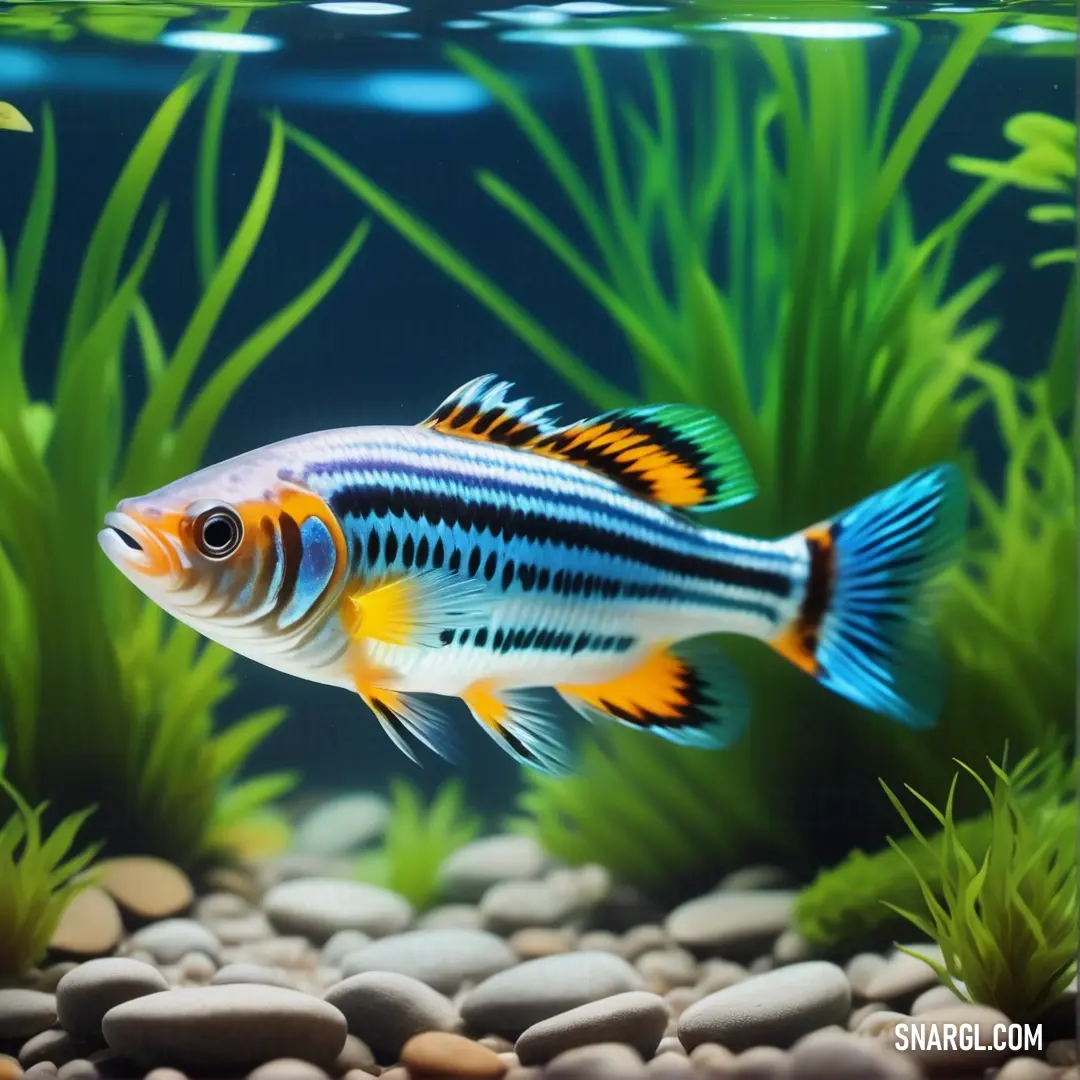
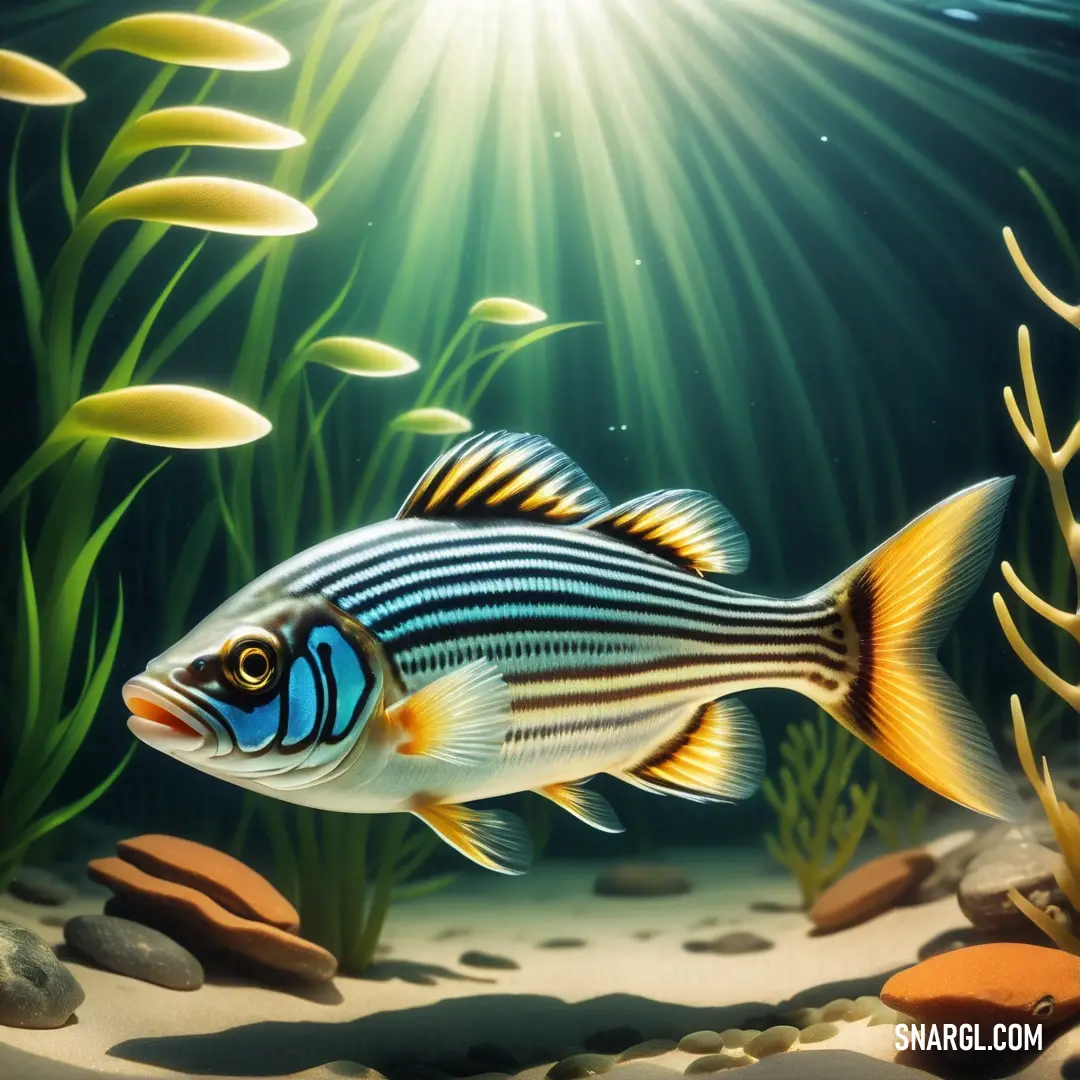
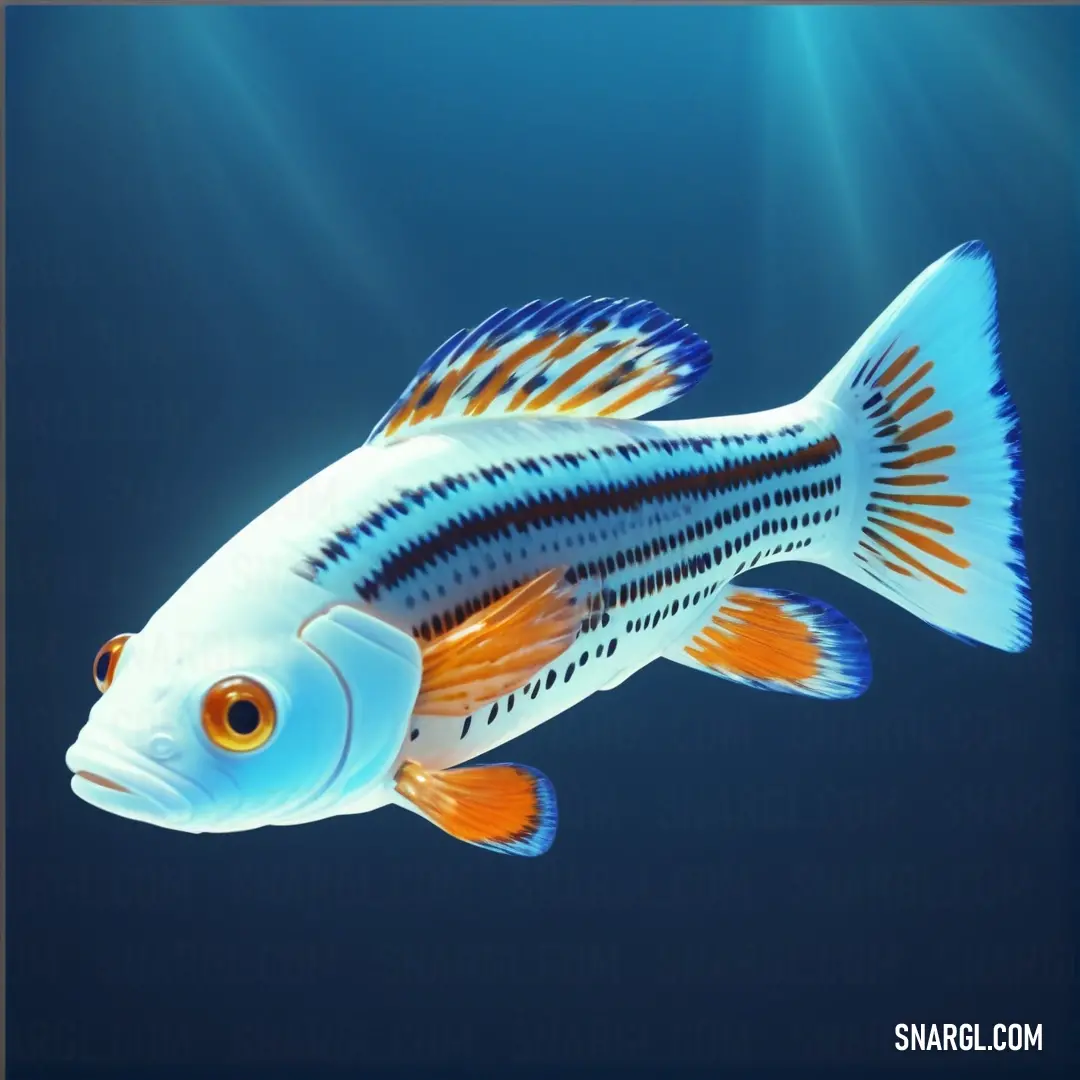
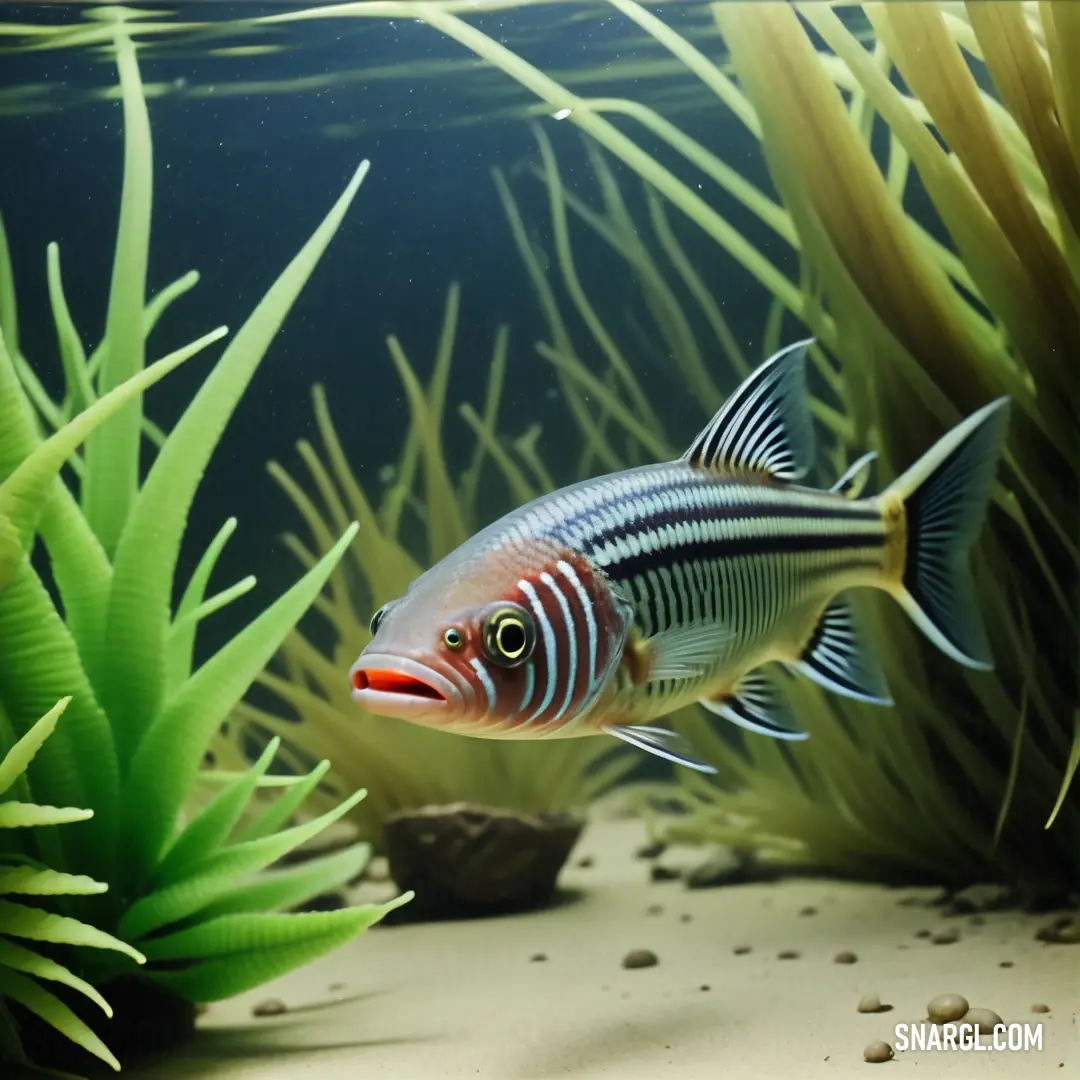
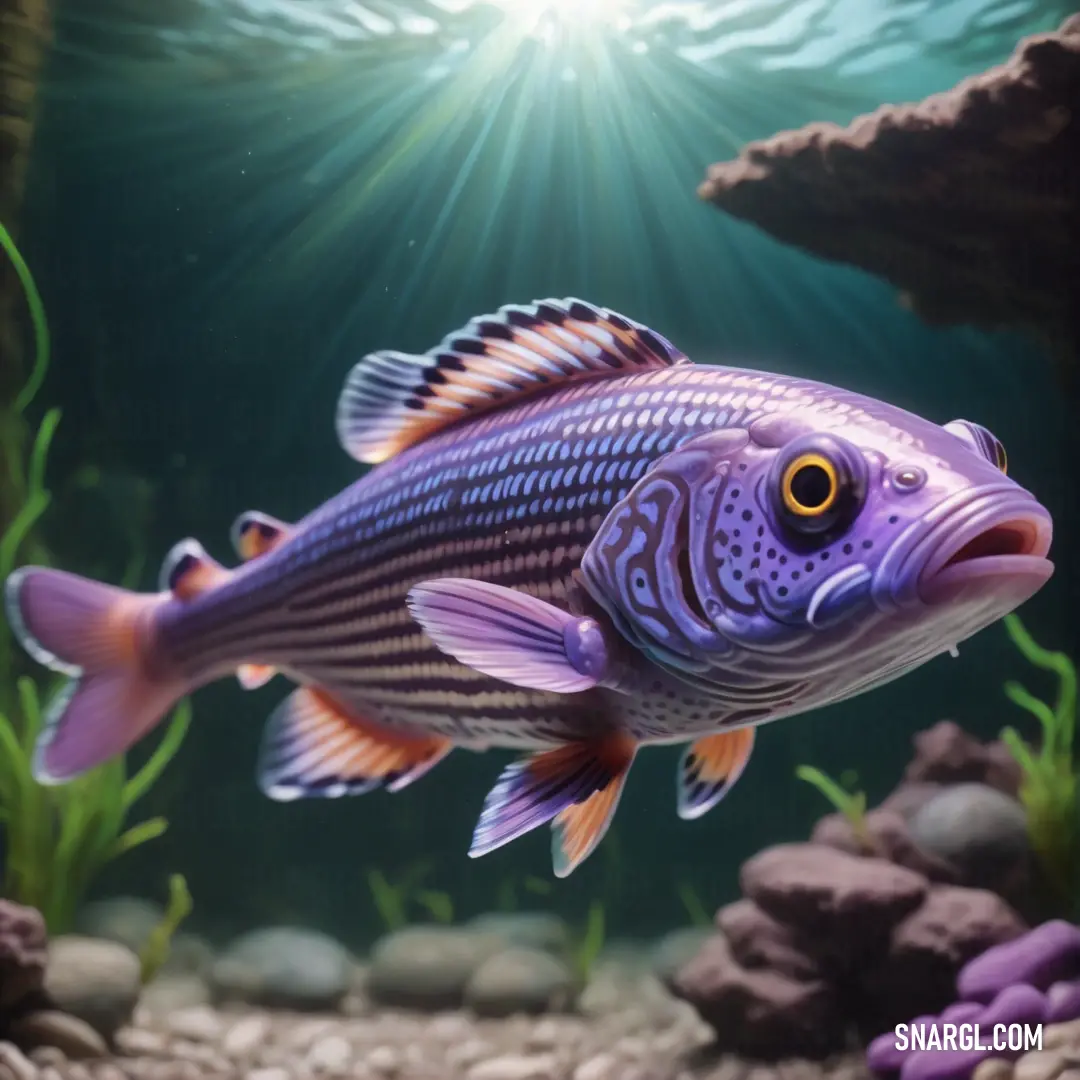
 Prussian blue
Prussian blue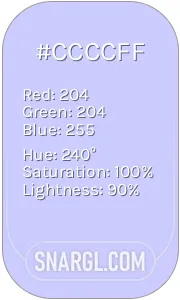 Lavender blue
Lavender blue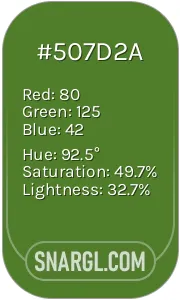 Sap green
Sap green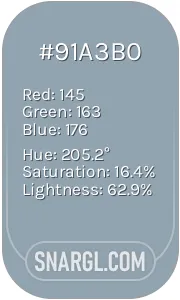 Cadet grey
Cadet grey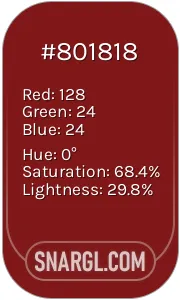 Falu red
Falu red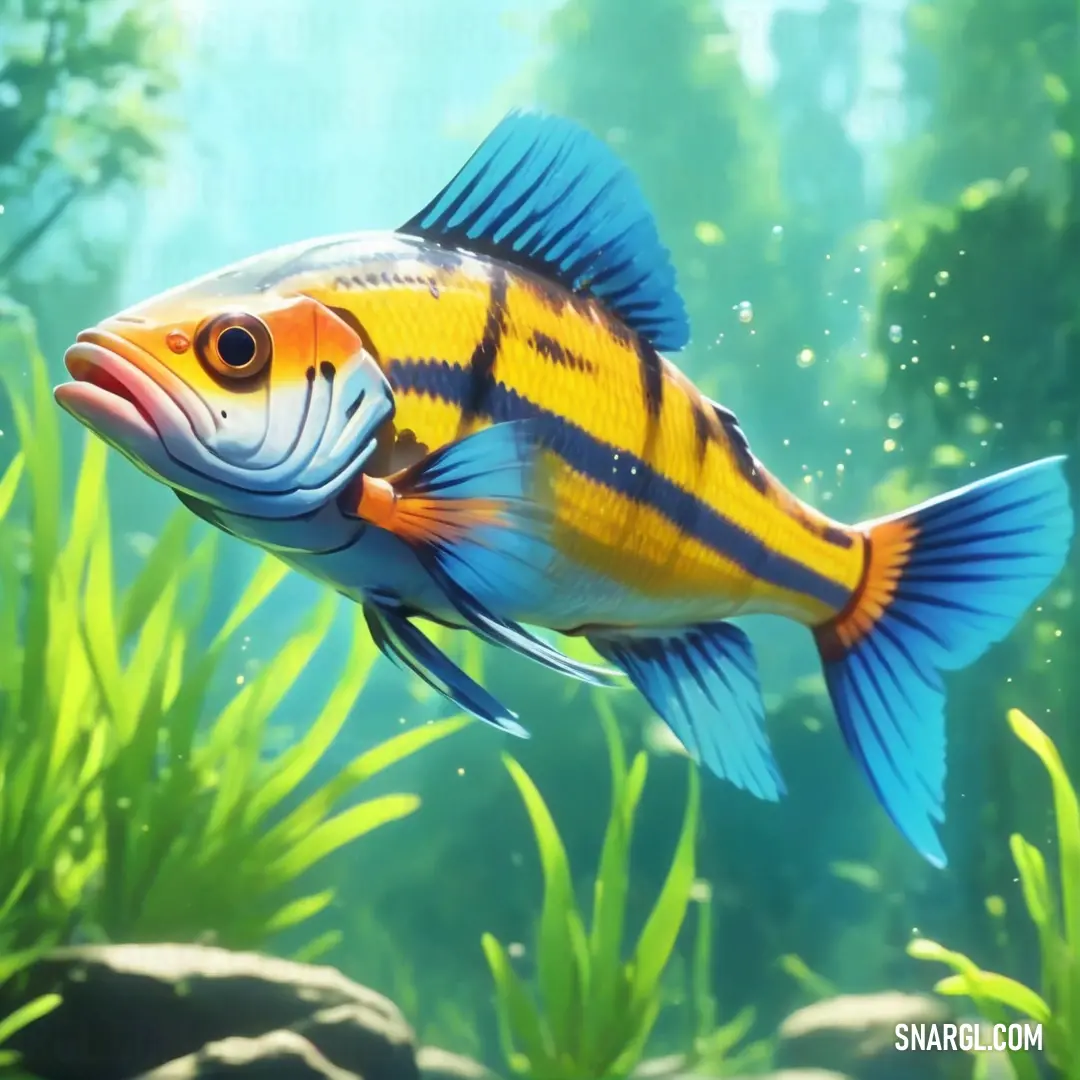
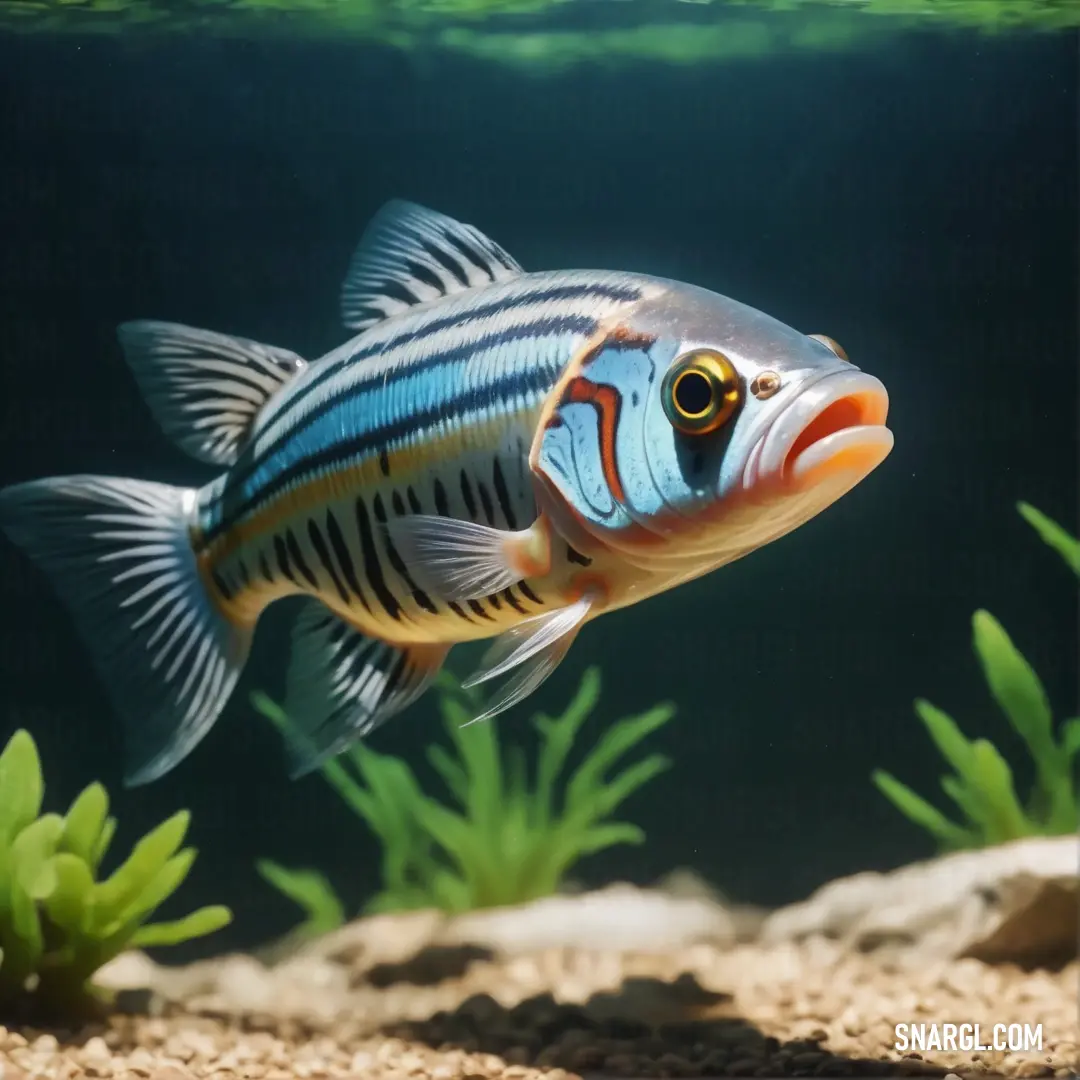
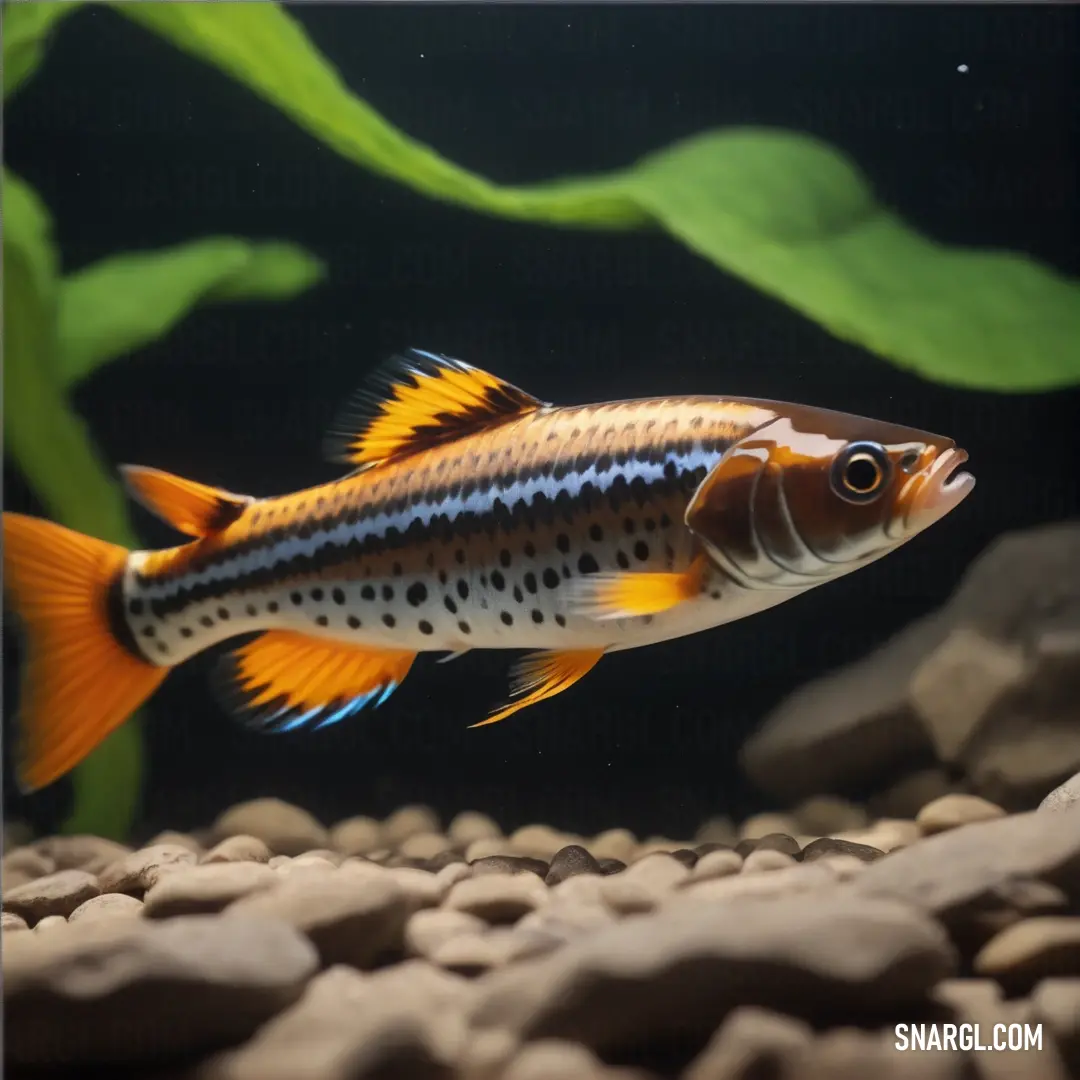
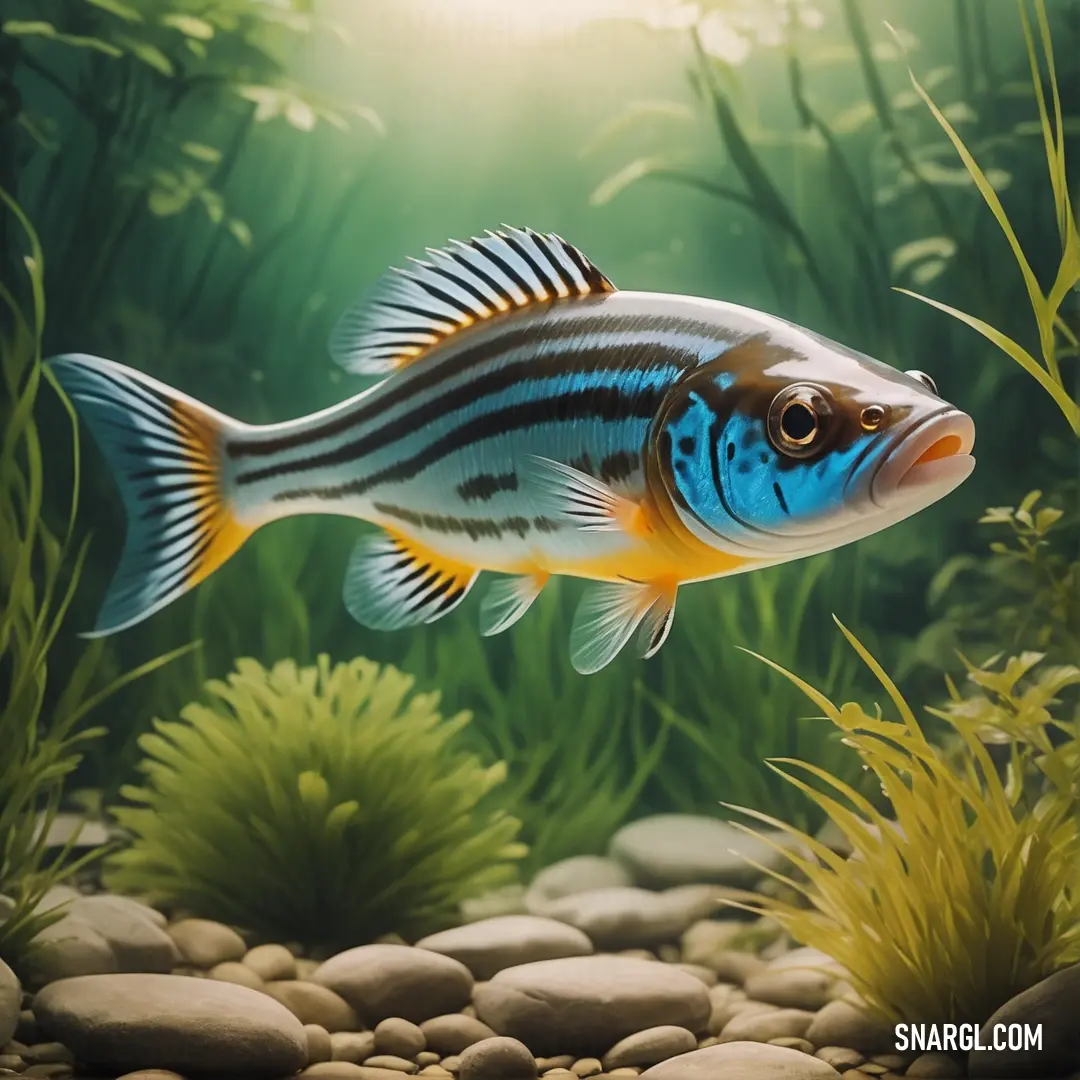
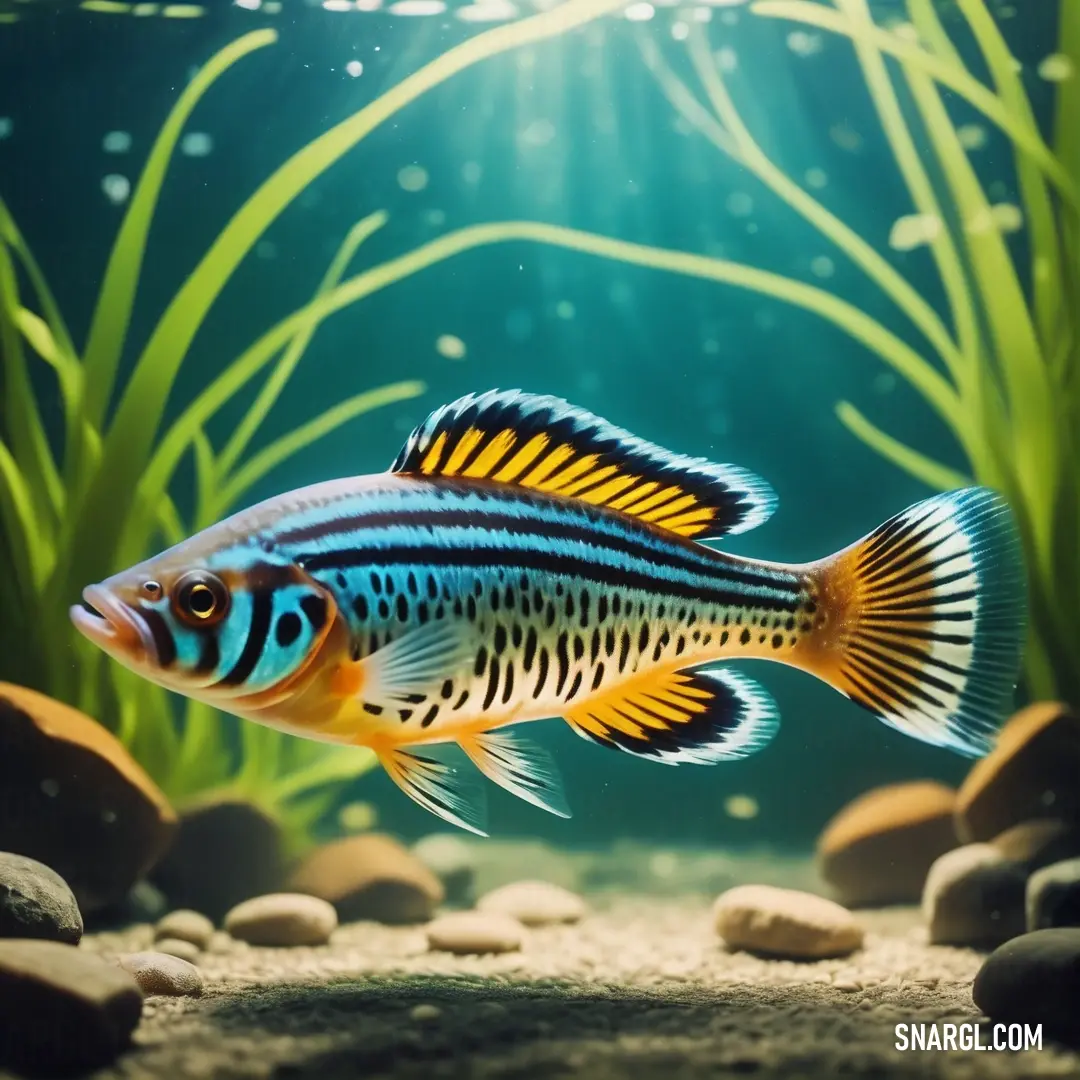
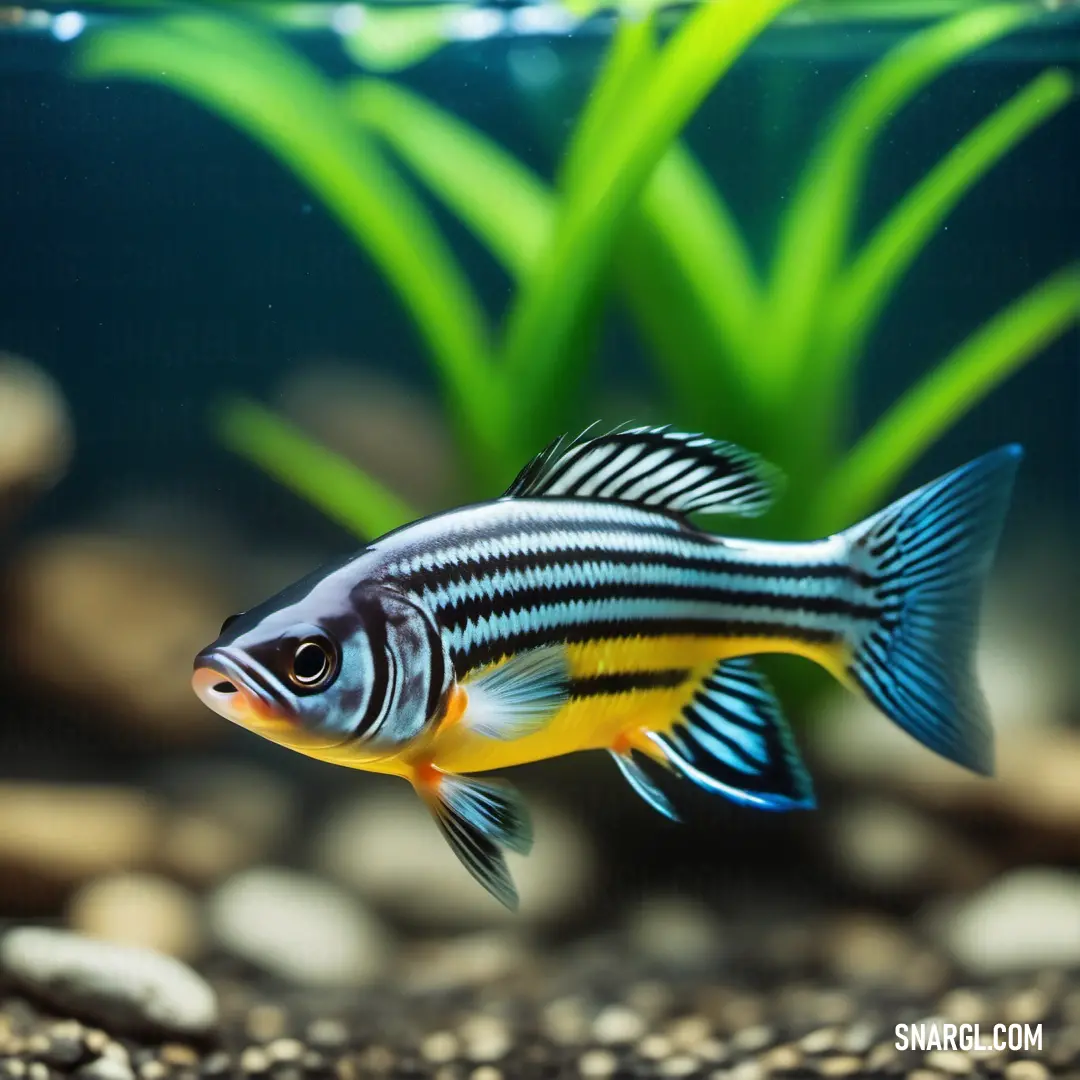
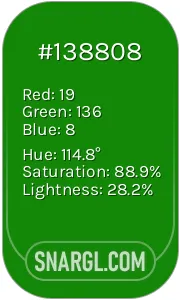 India green
India green Yellow green
Yellow green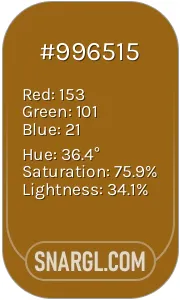 Golden brown
Golden brown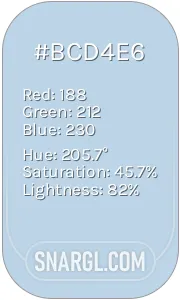 Beau blue
Beau blue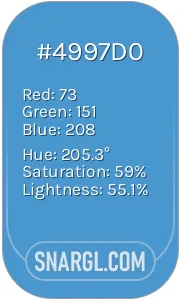 Celestial blue
Celestial blue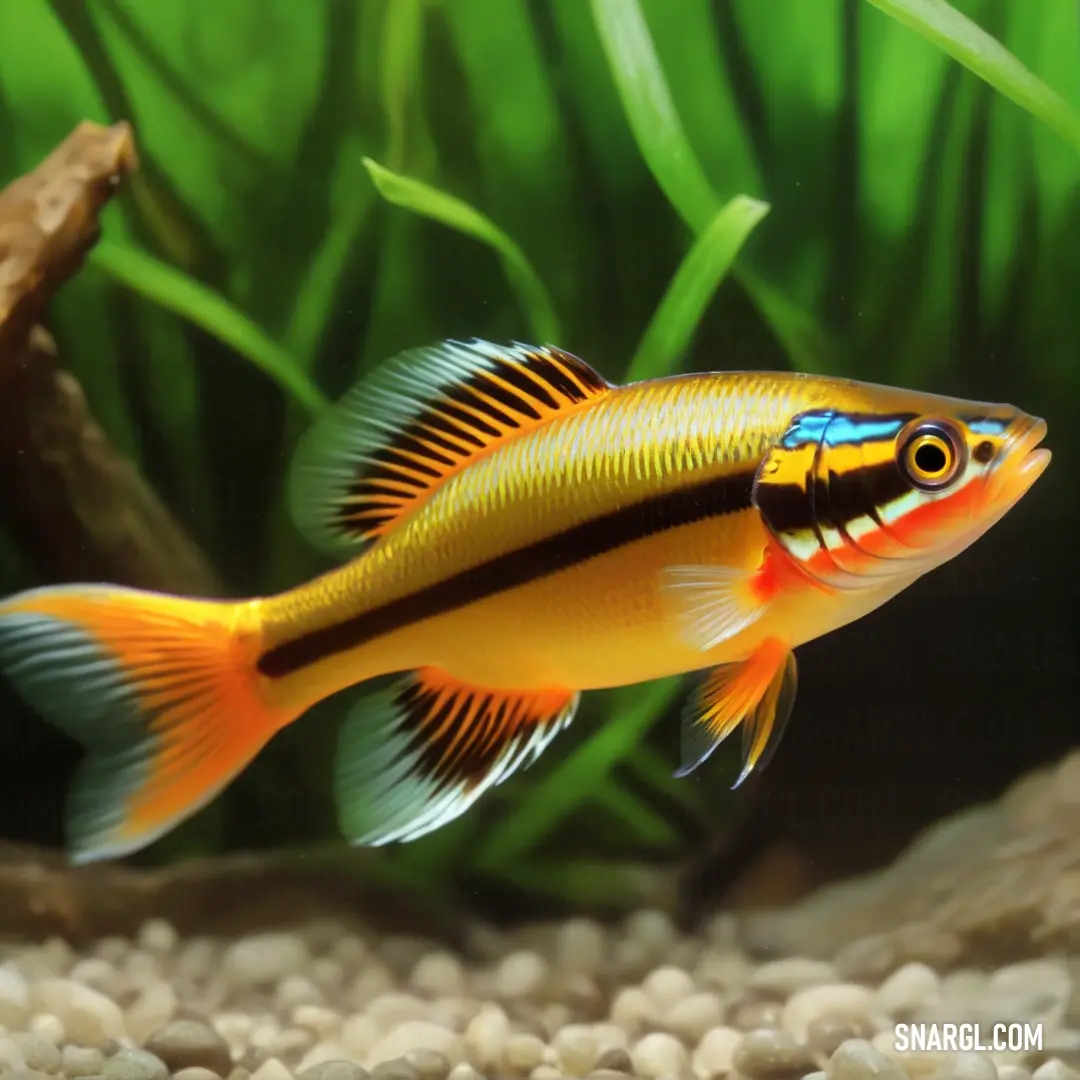
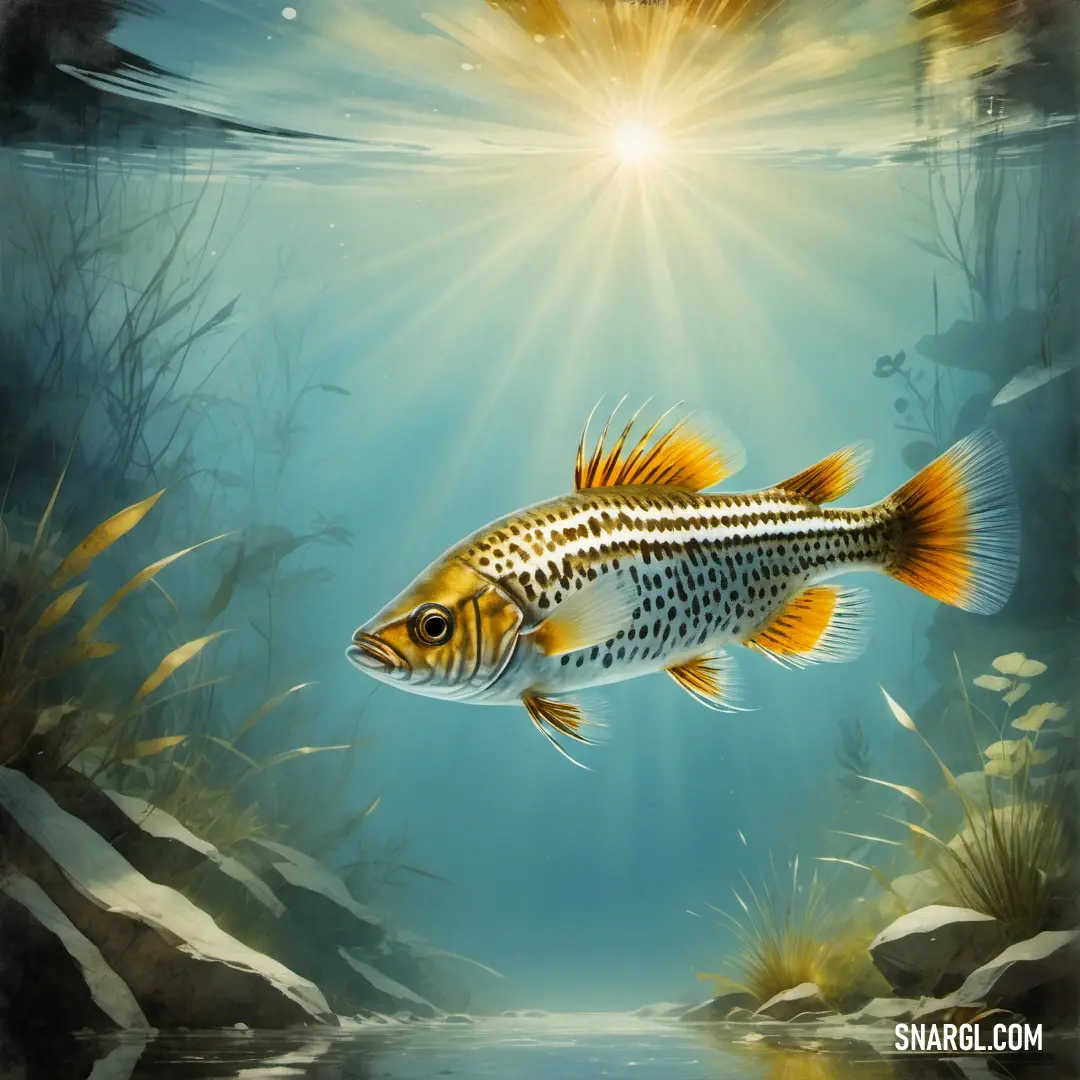
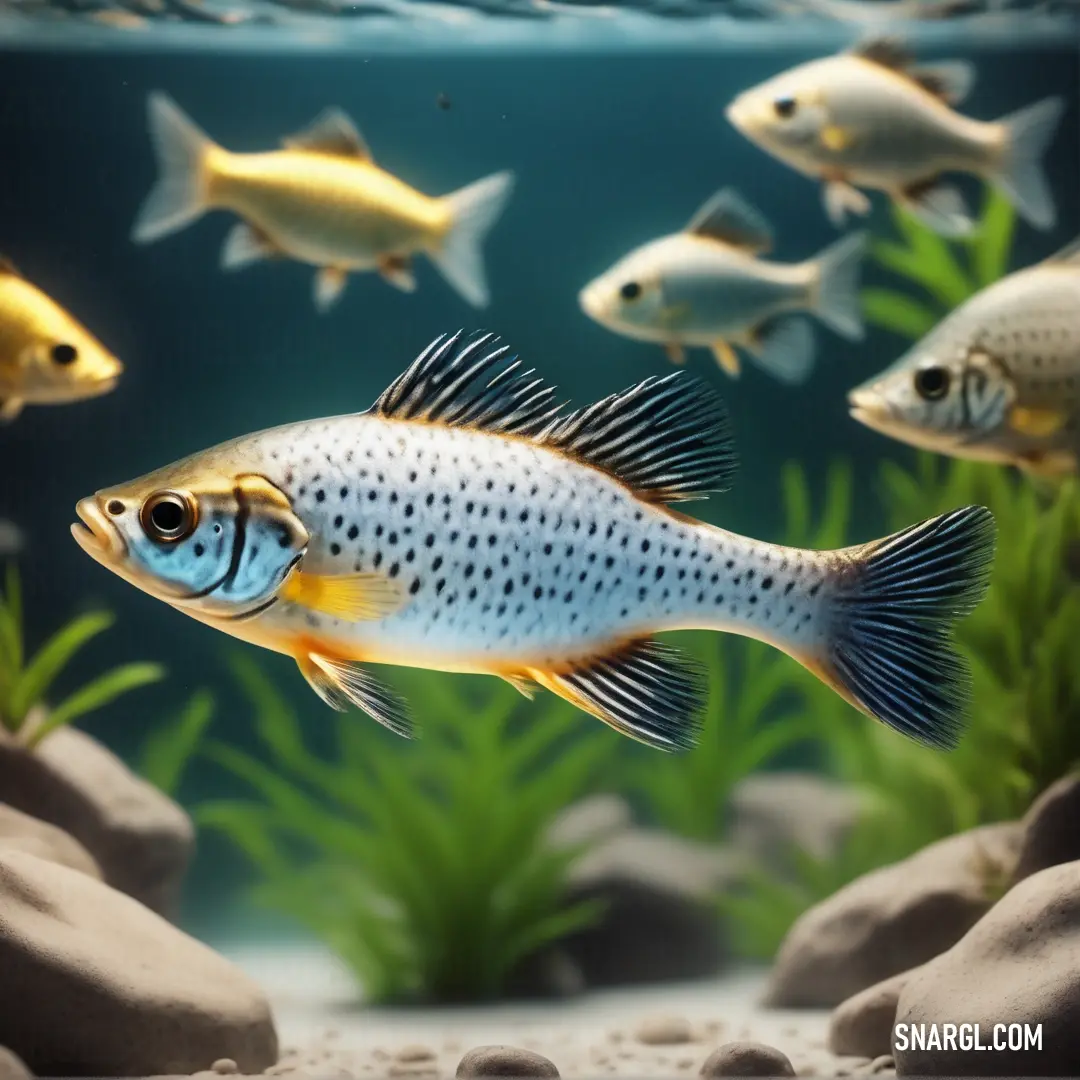
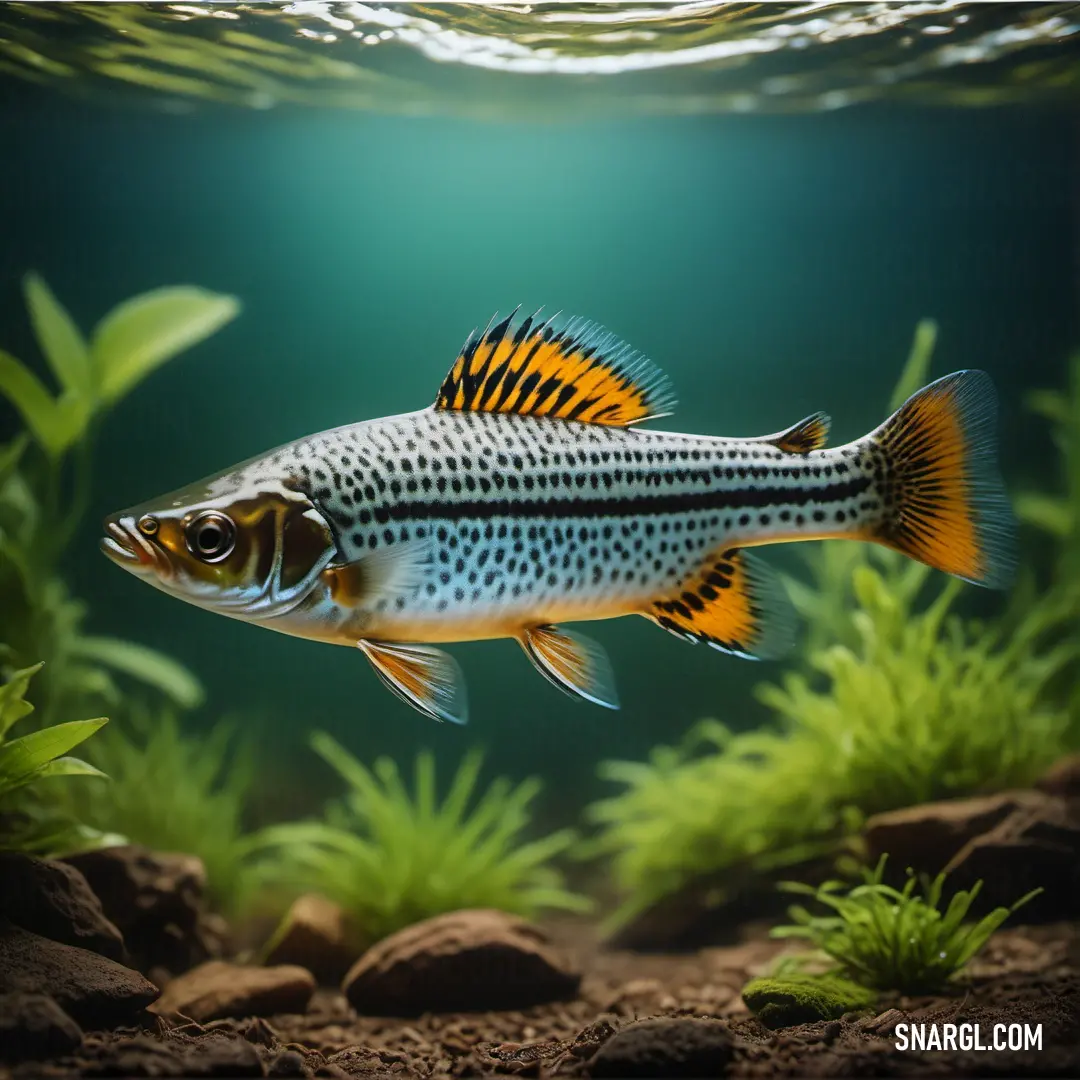
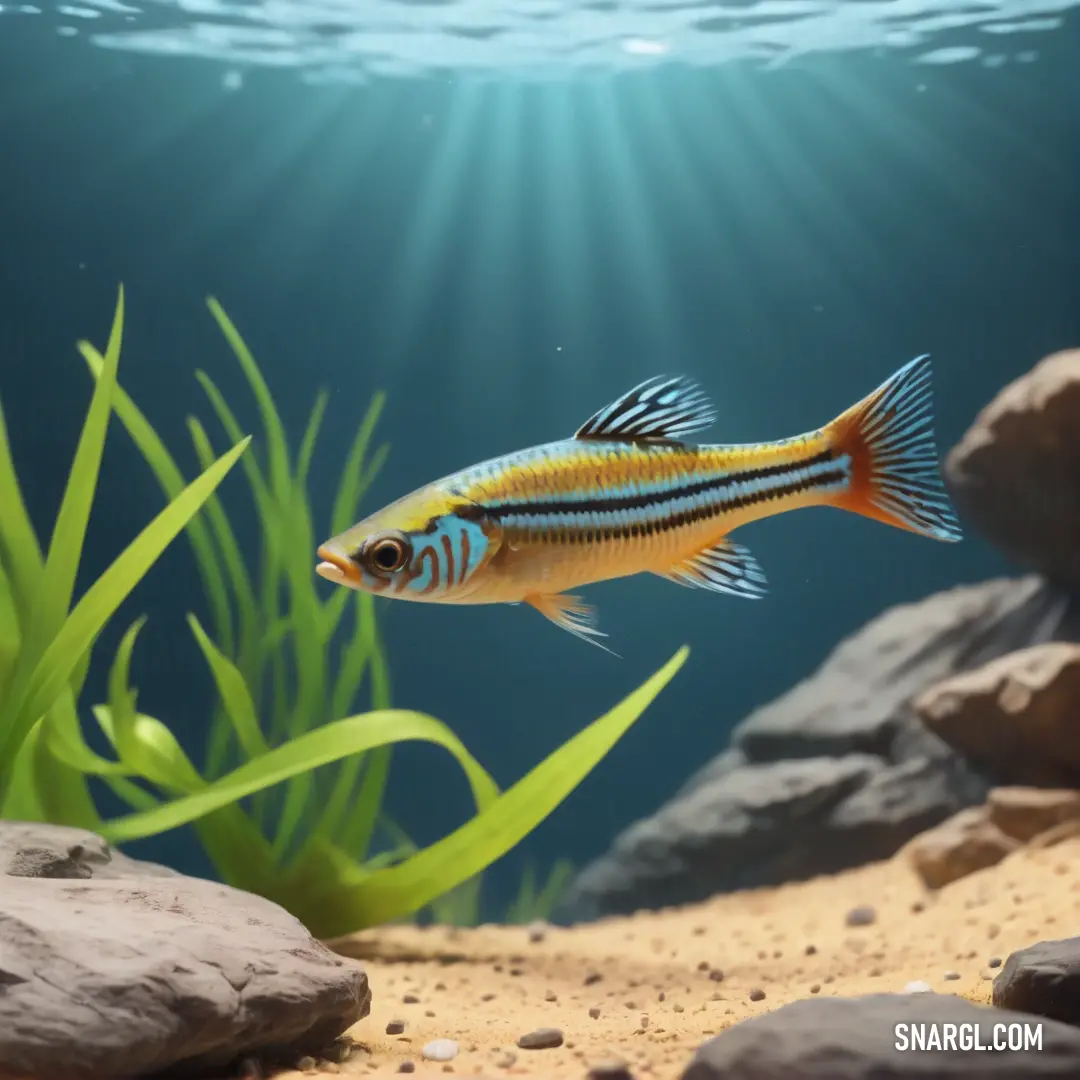
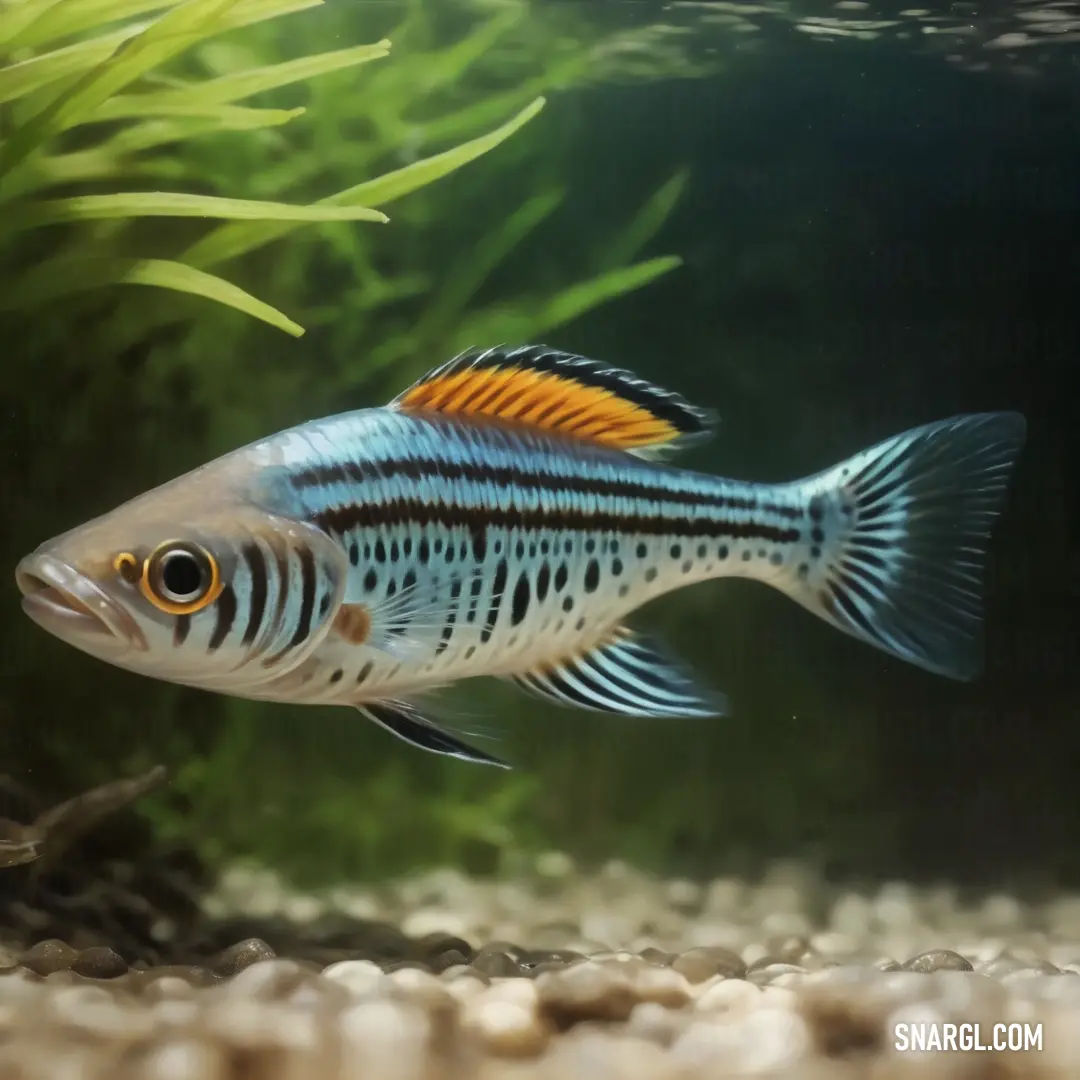
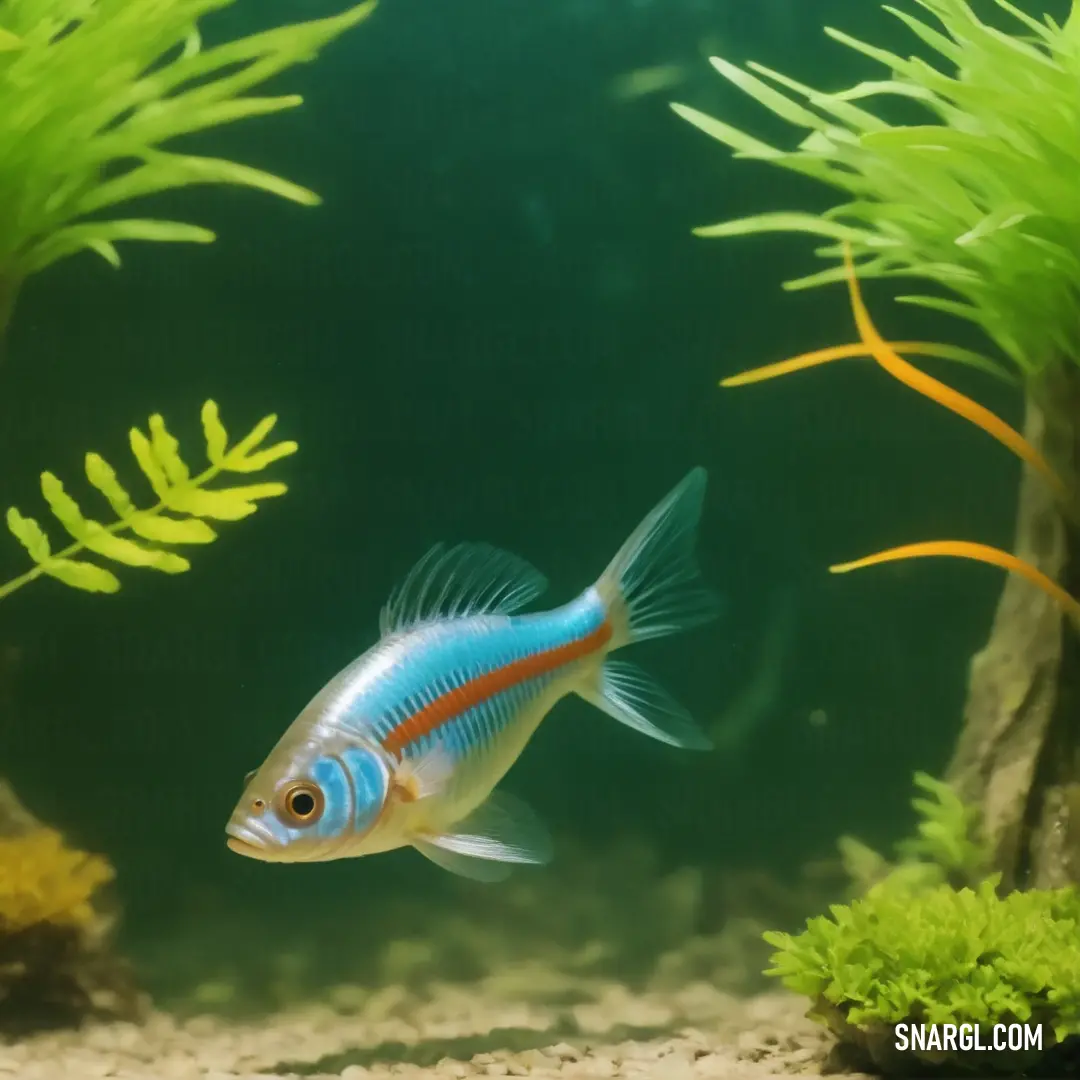
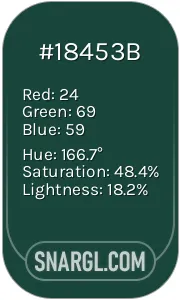 MSU Green
MSU Green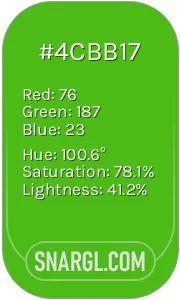 Kelly green
Kelly green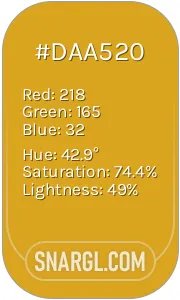 Goldenrod
Goldenrod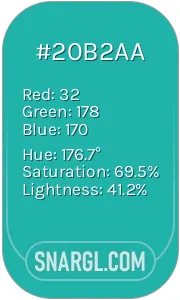 Light sea green
Light sea green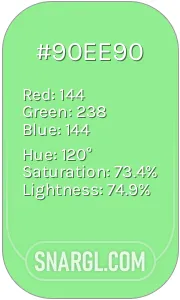 Light green
Light green
